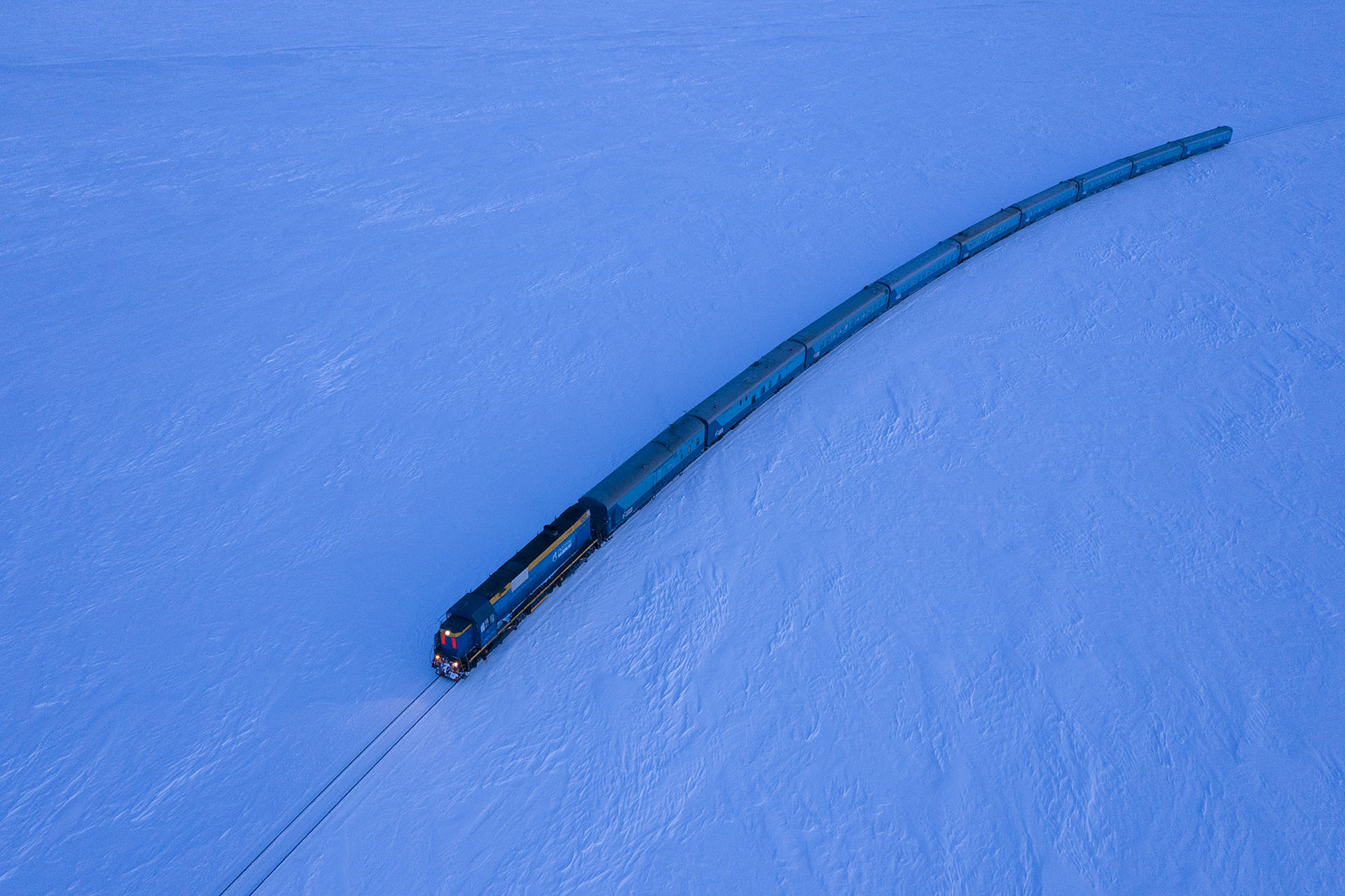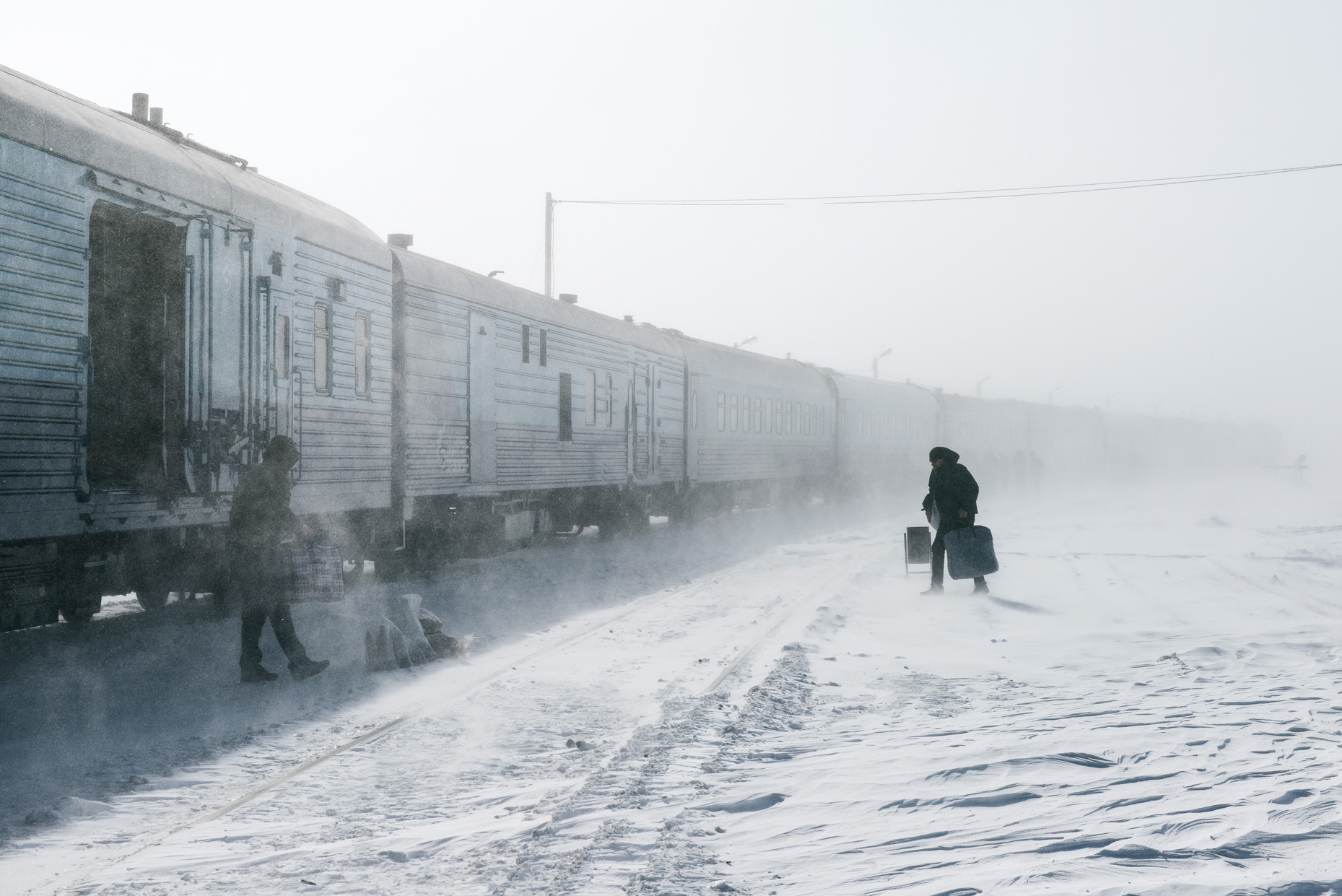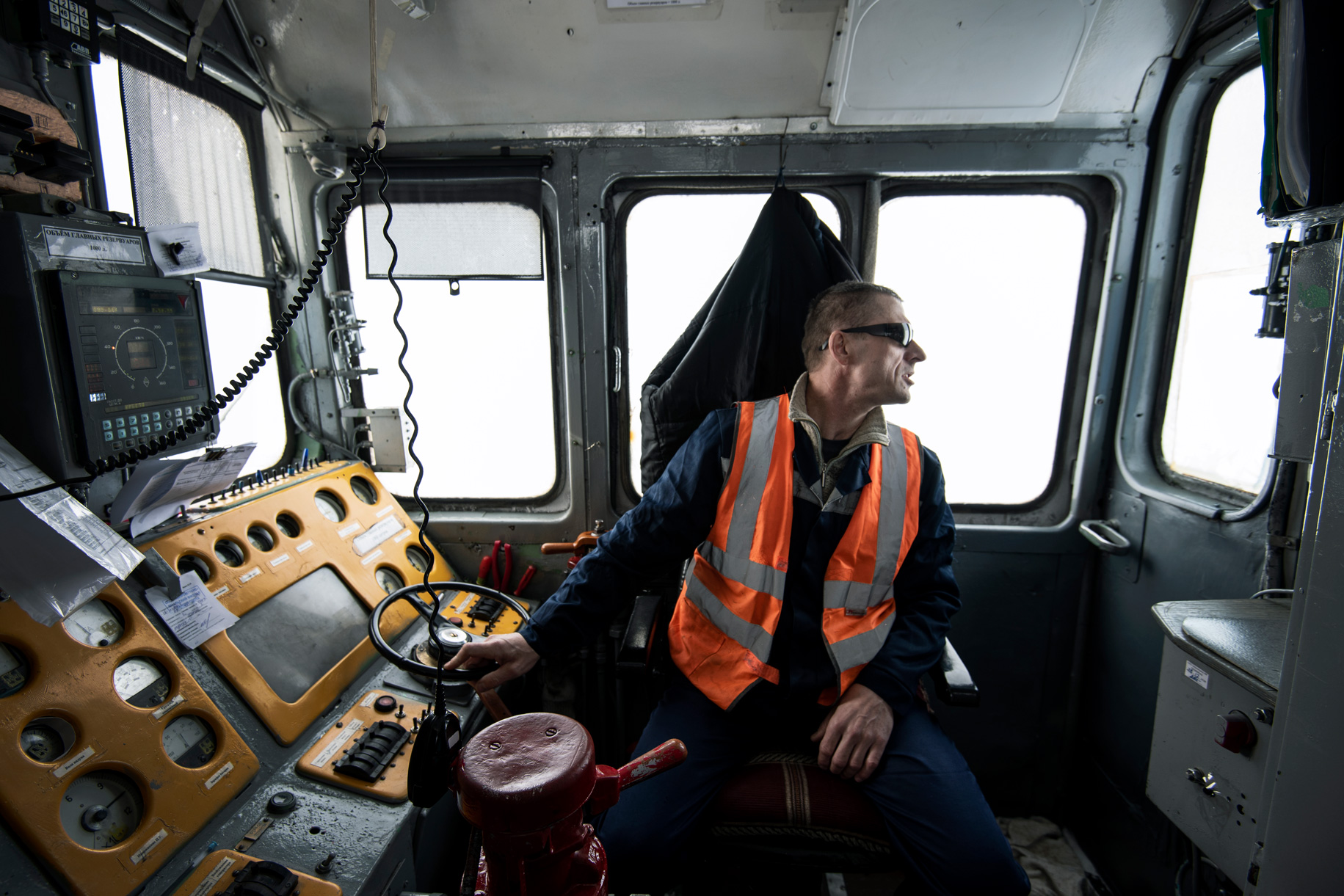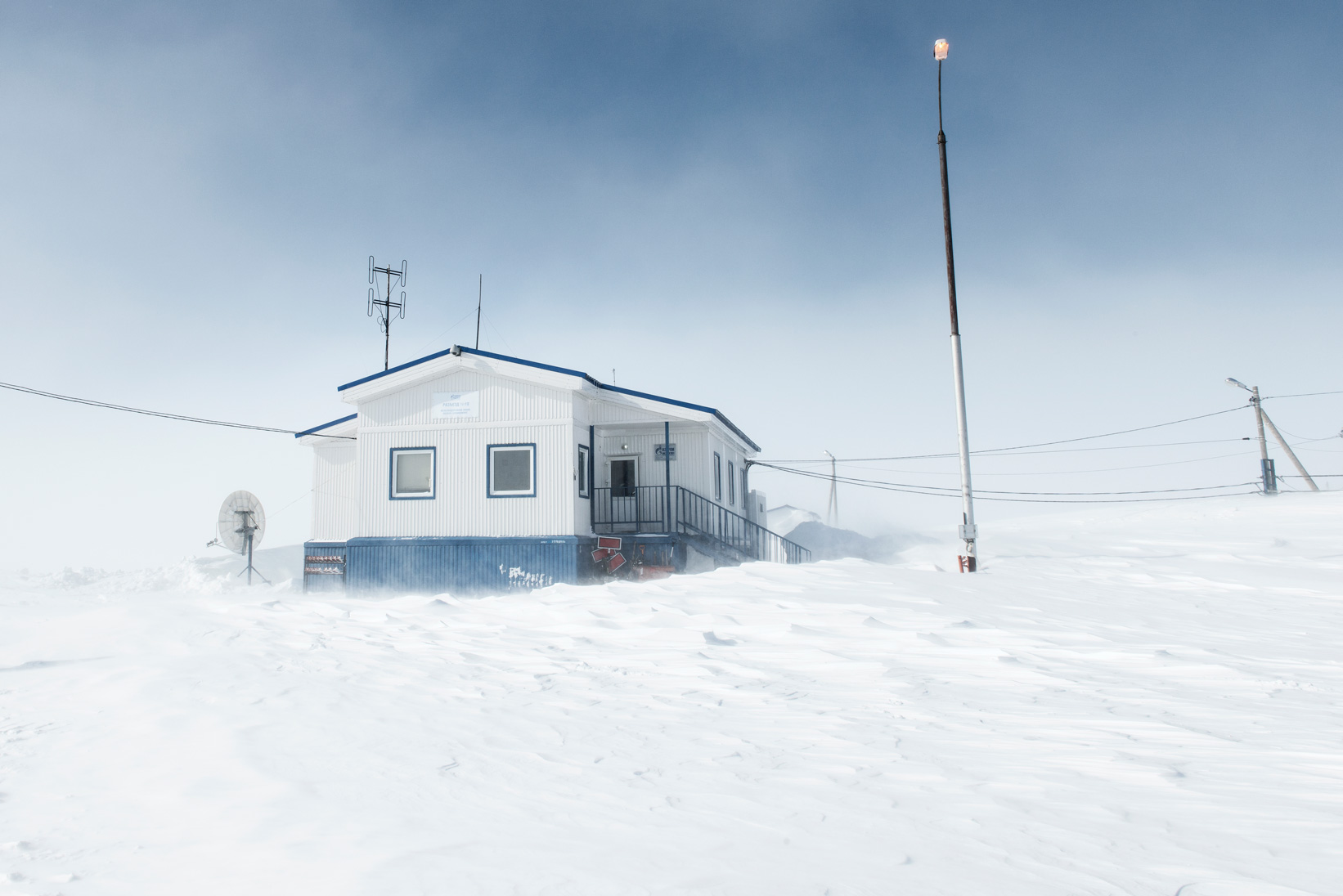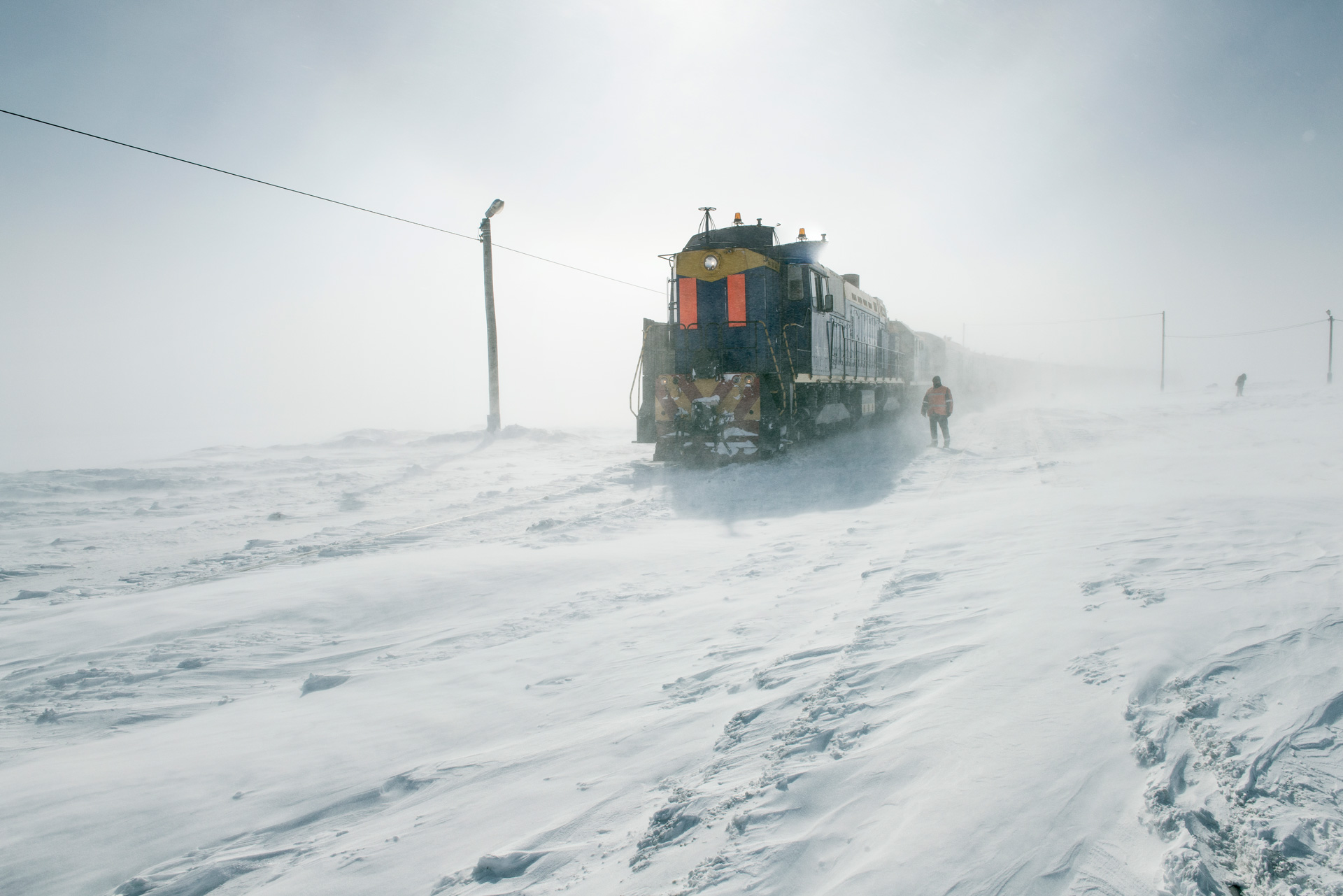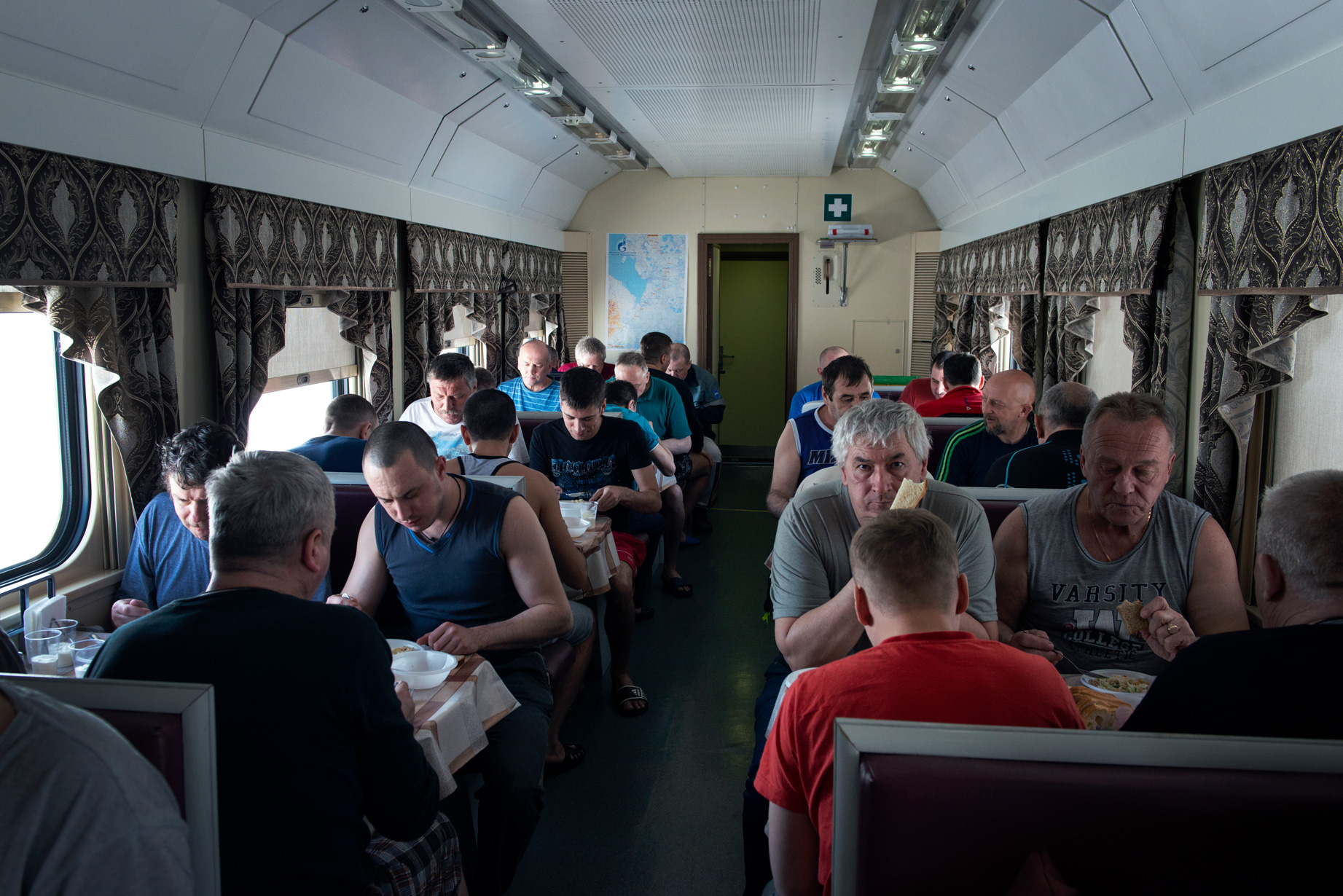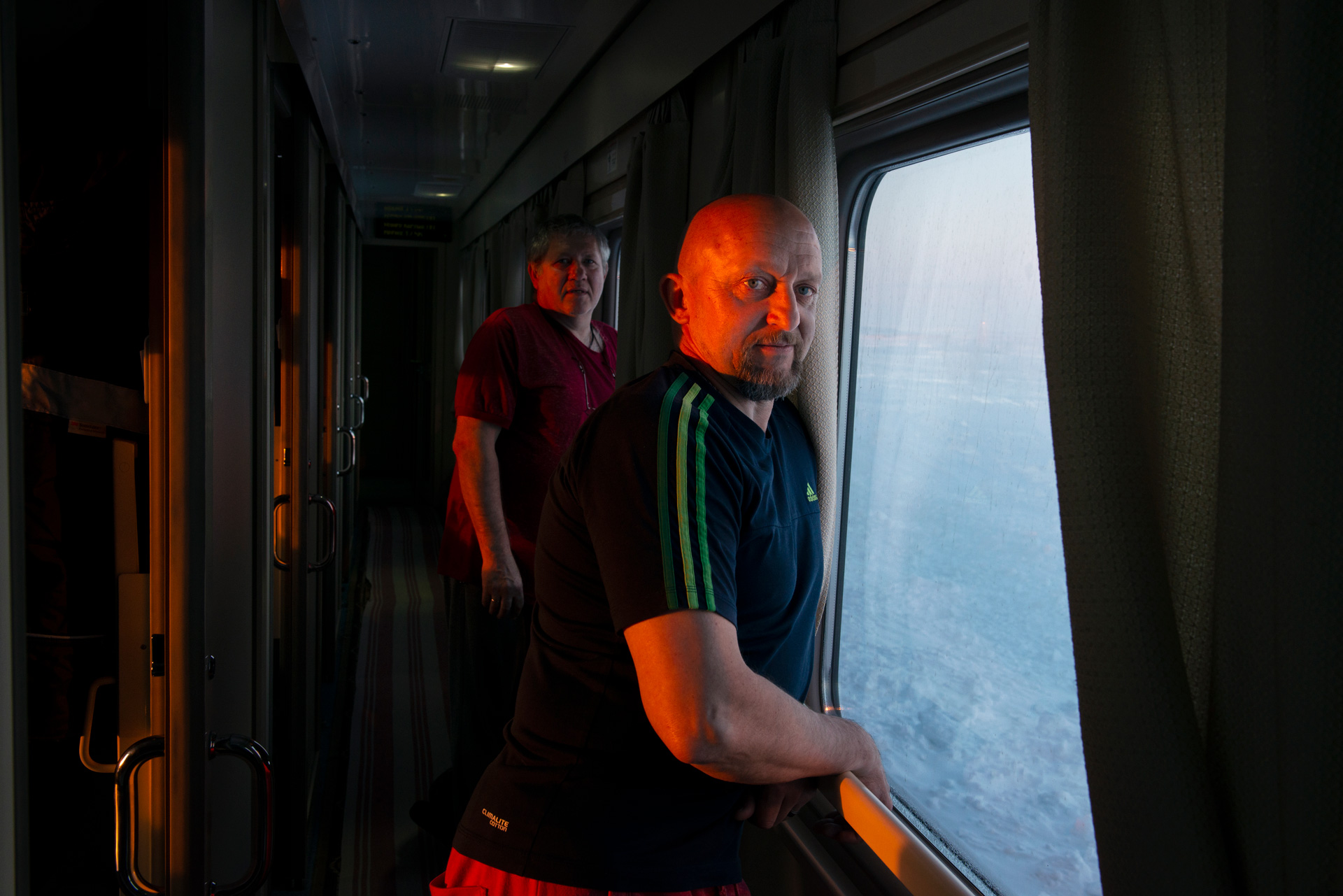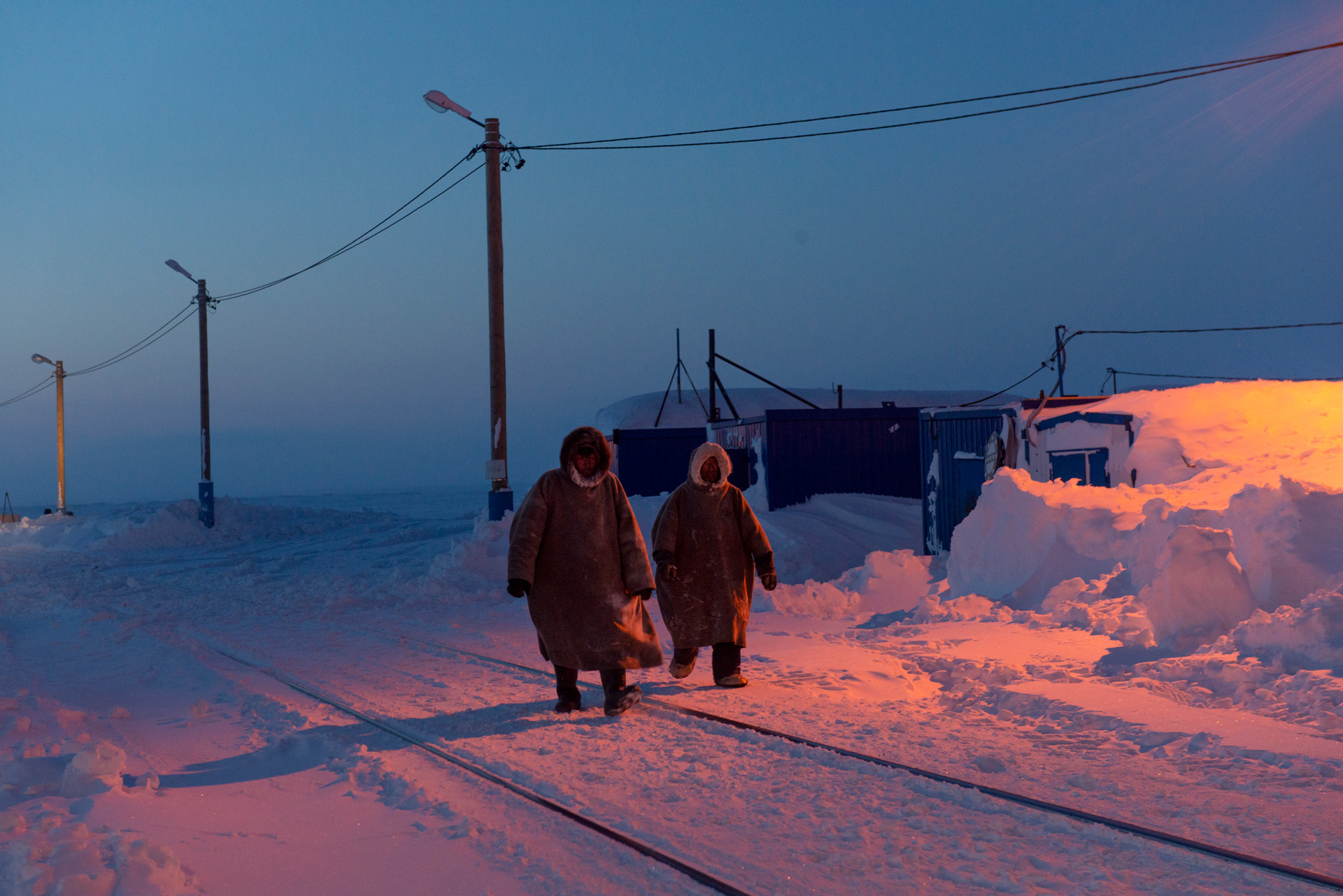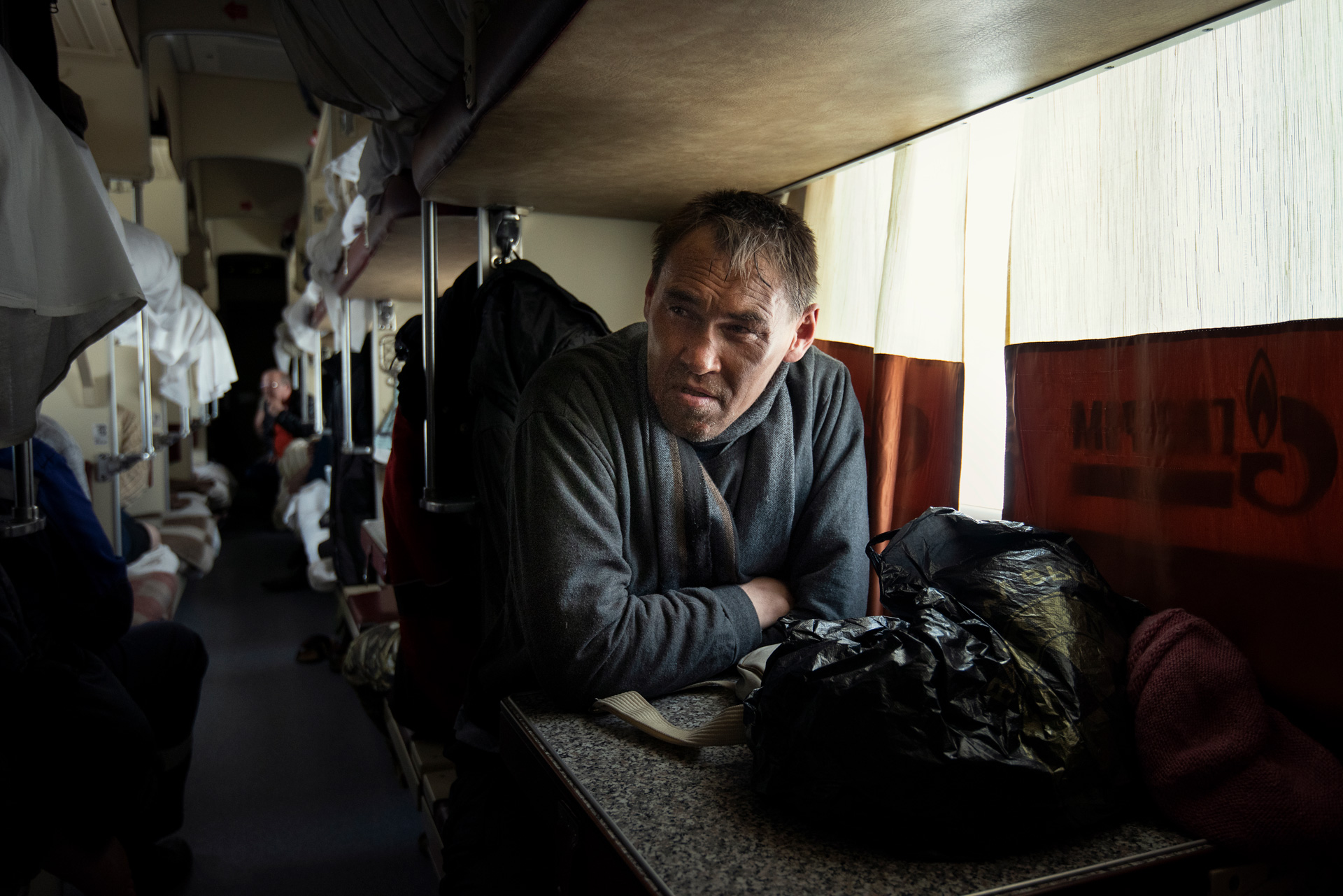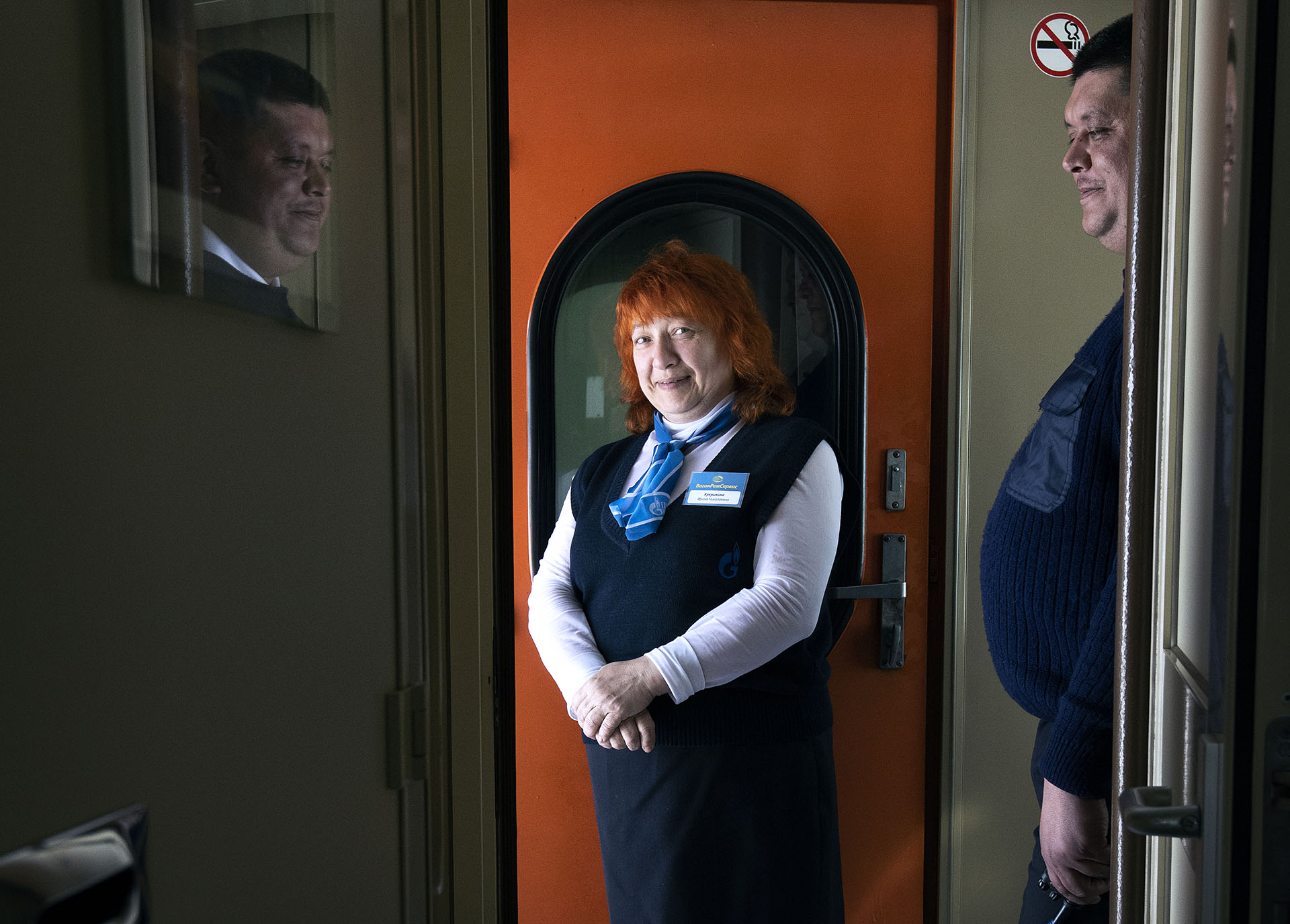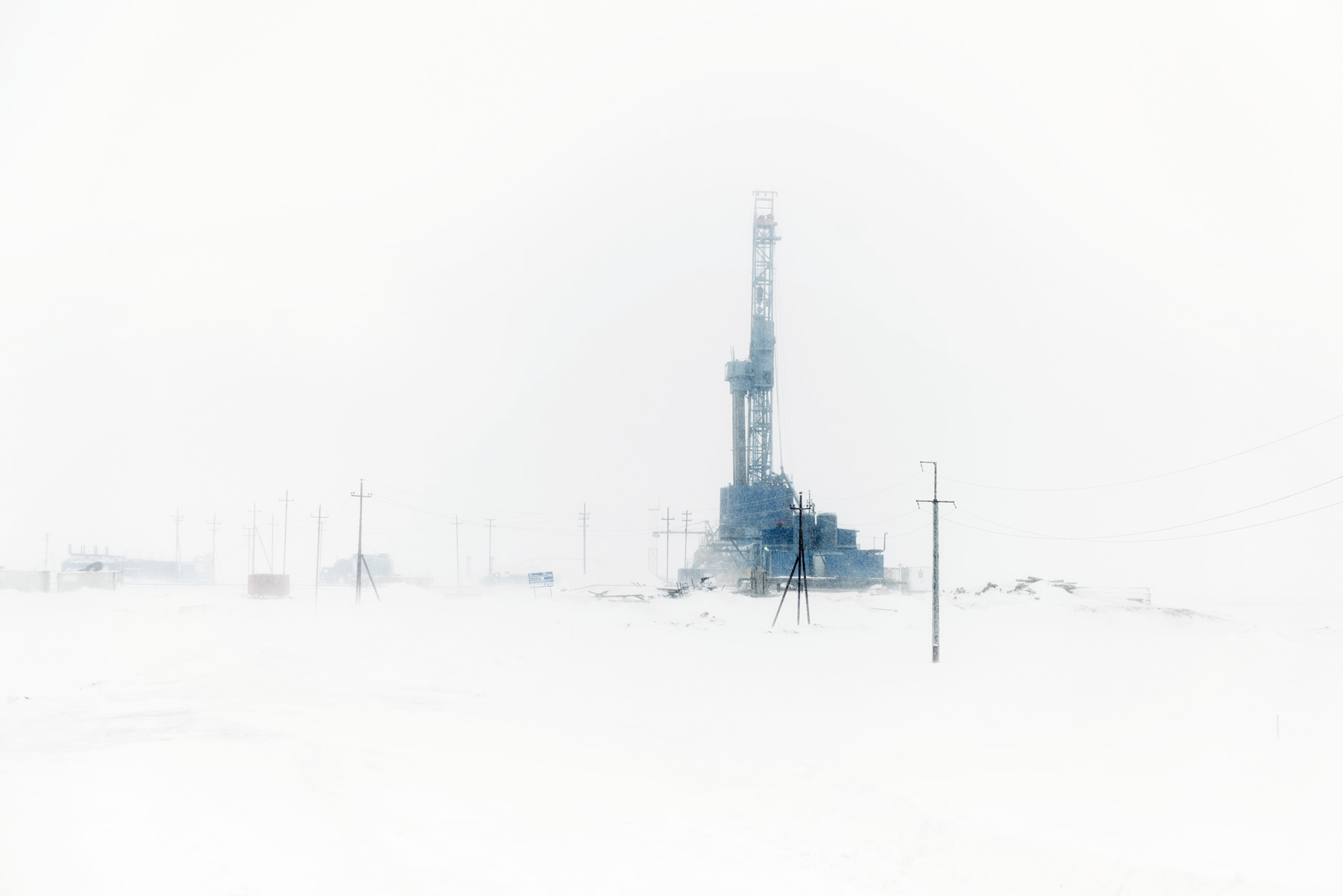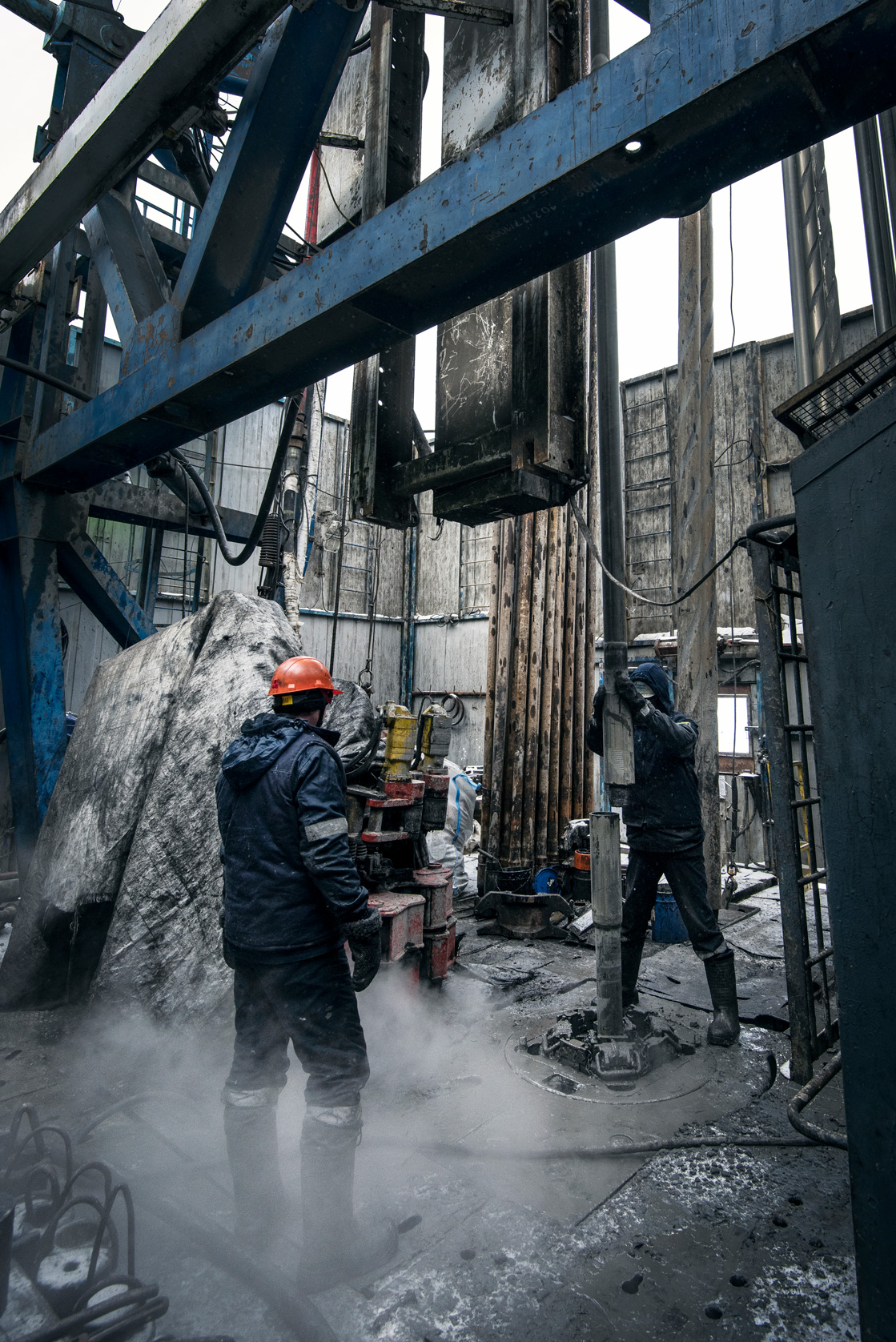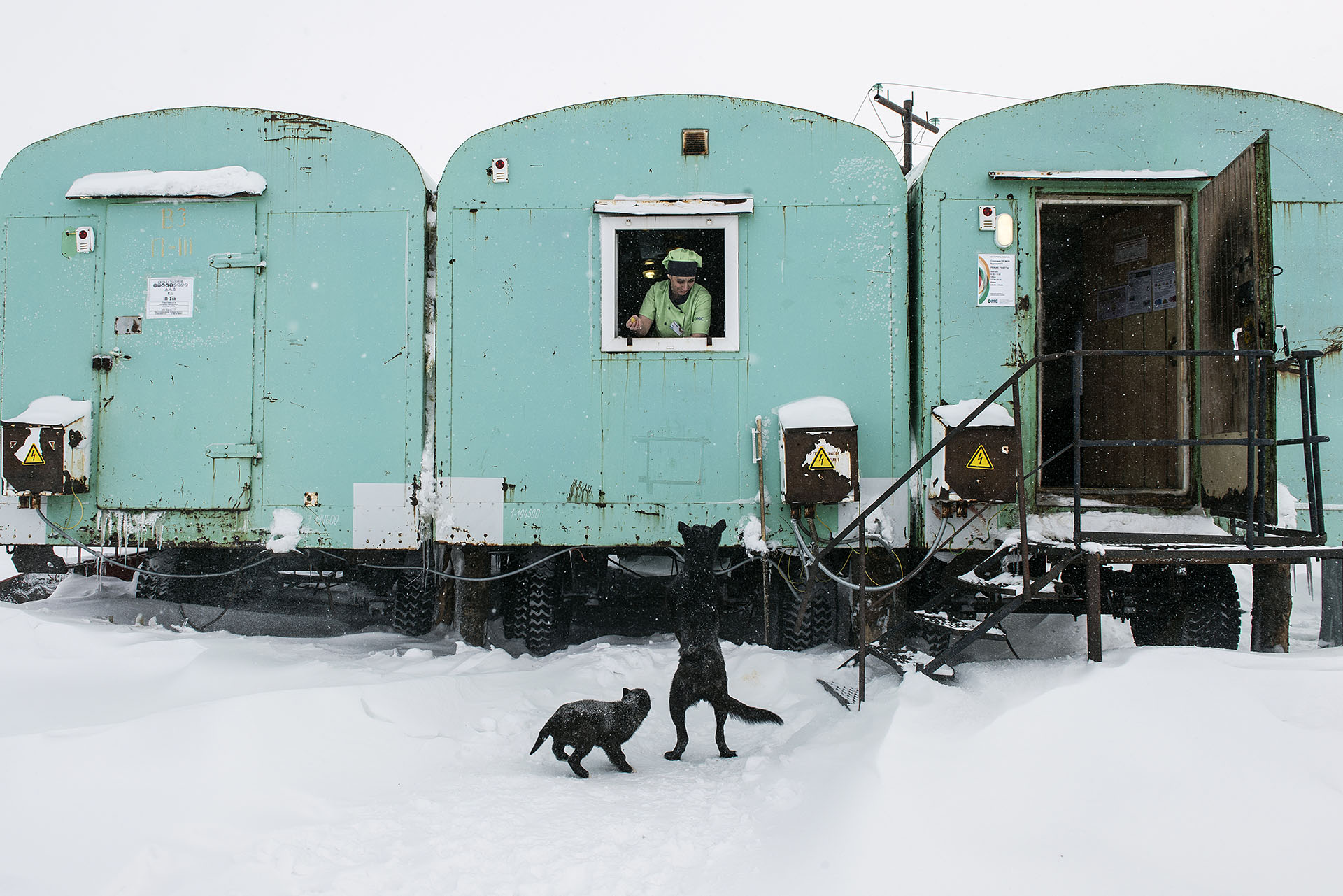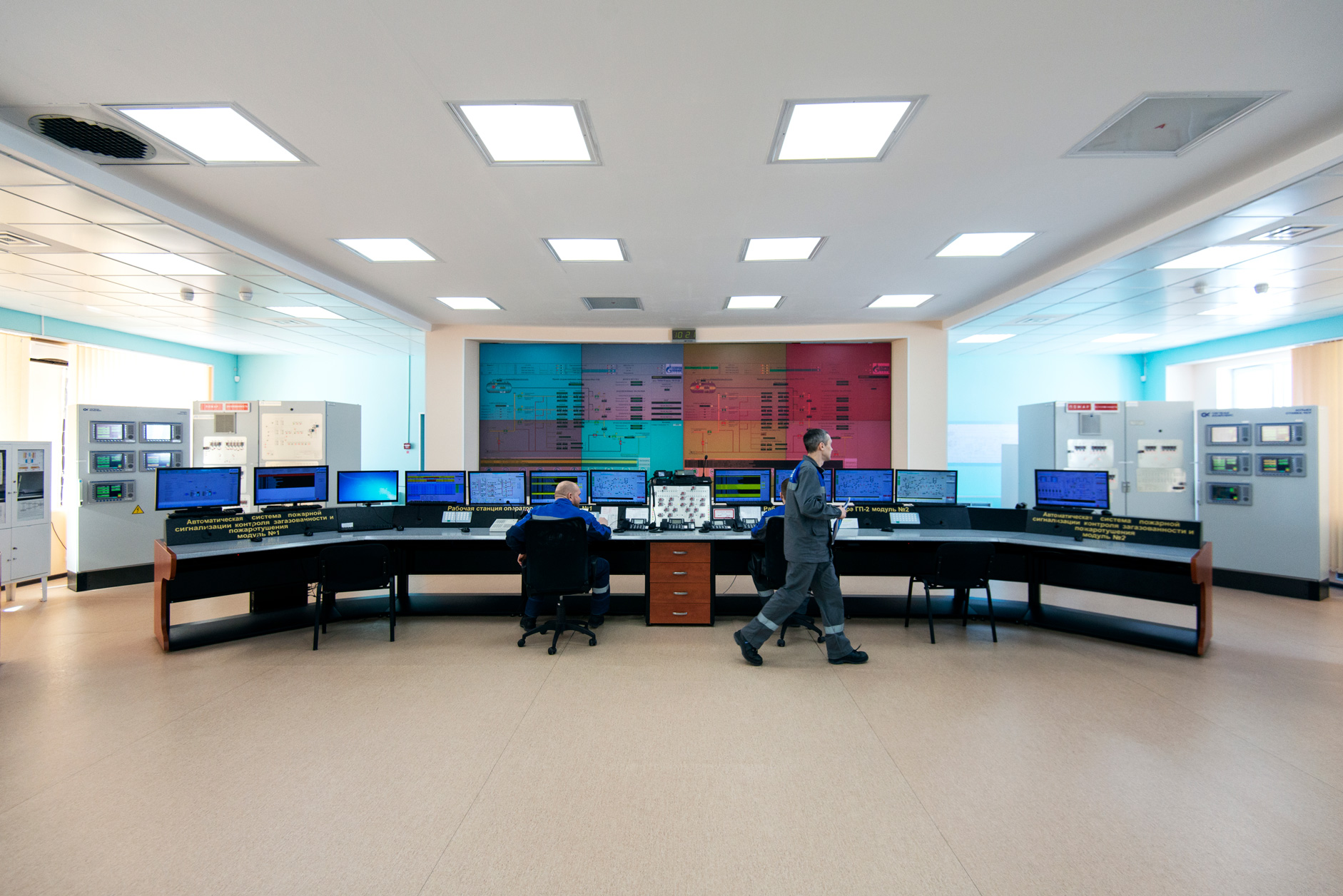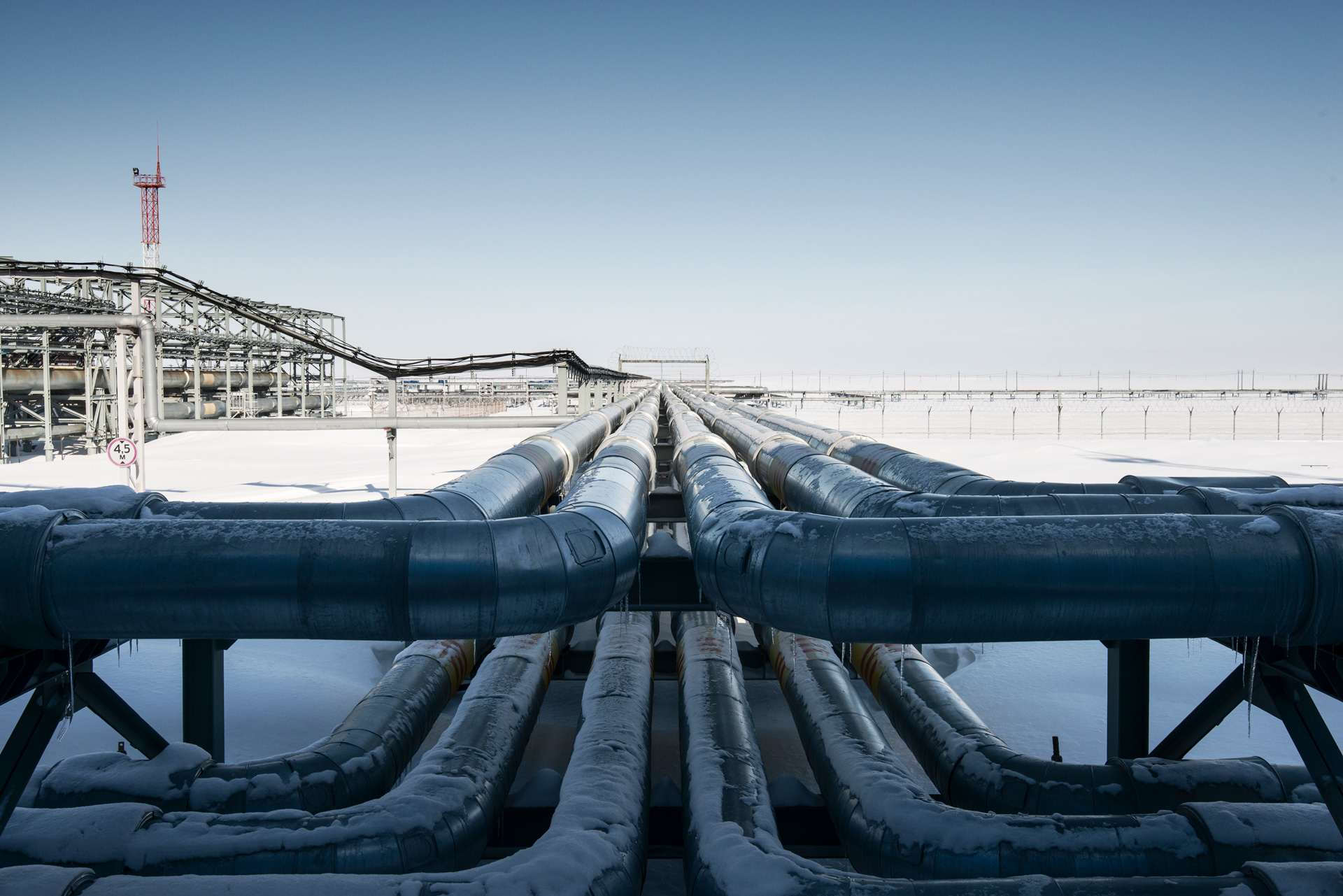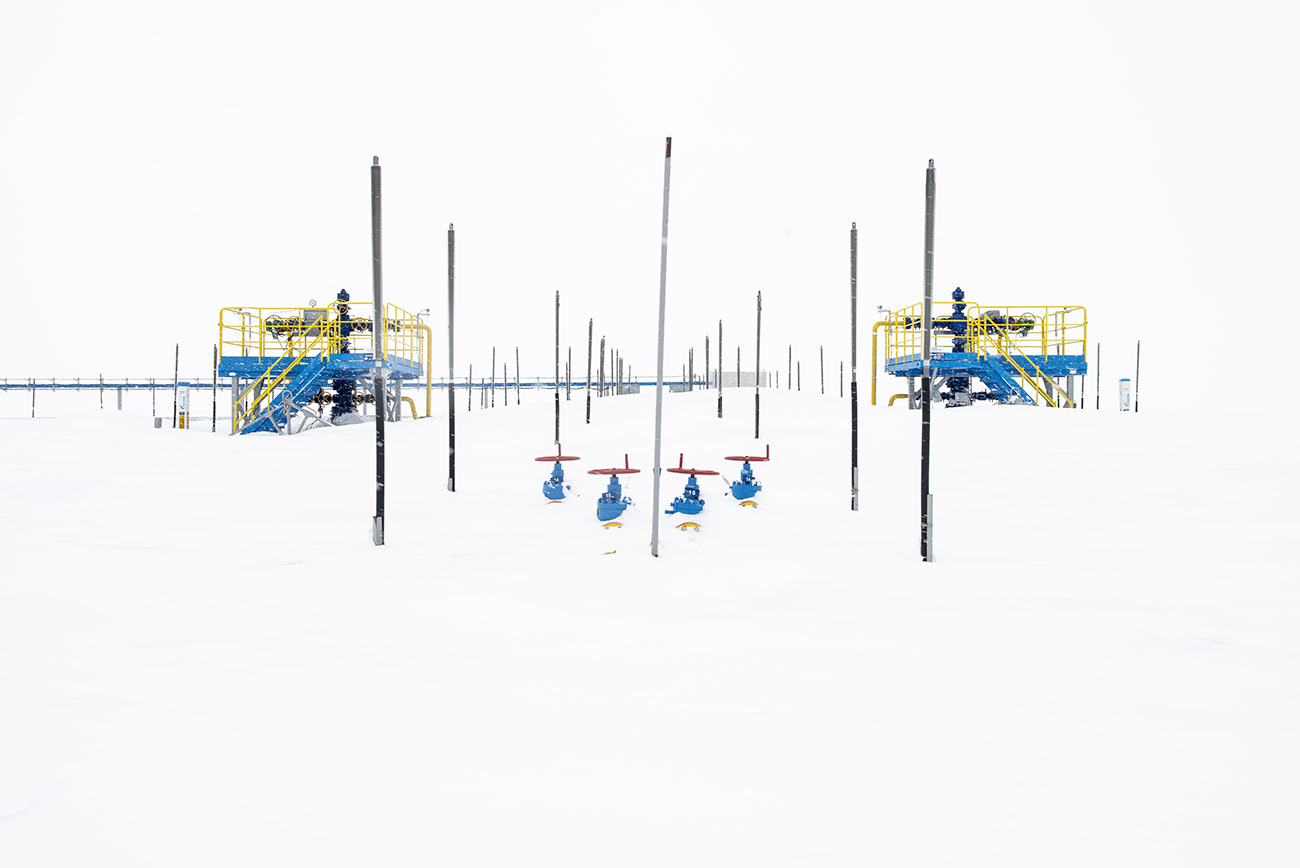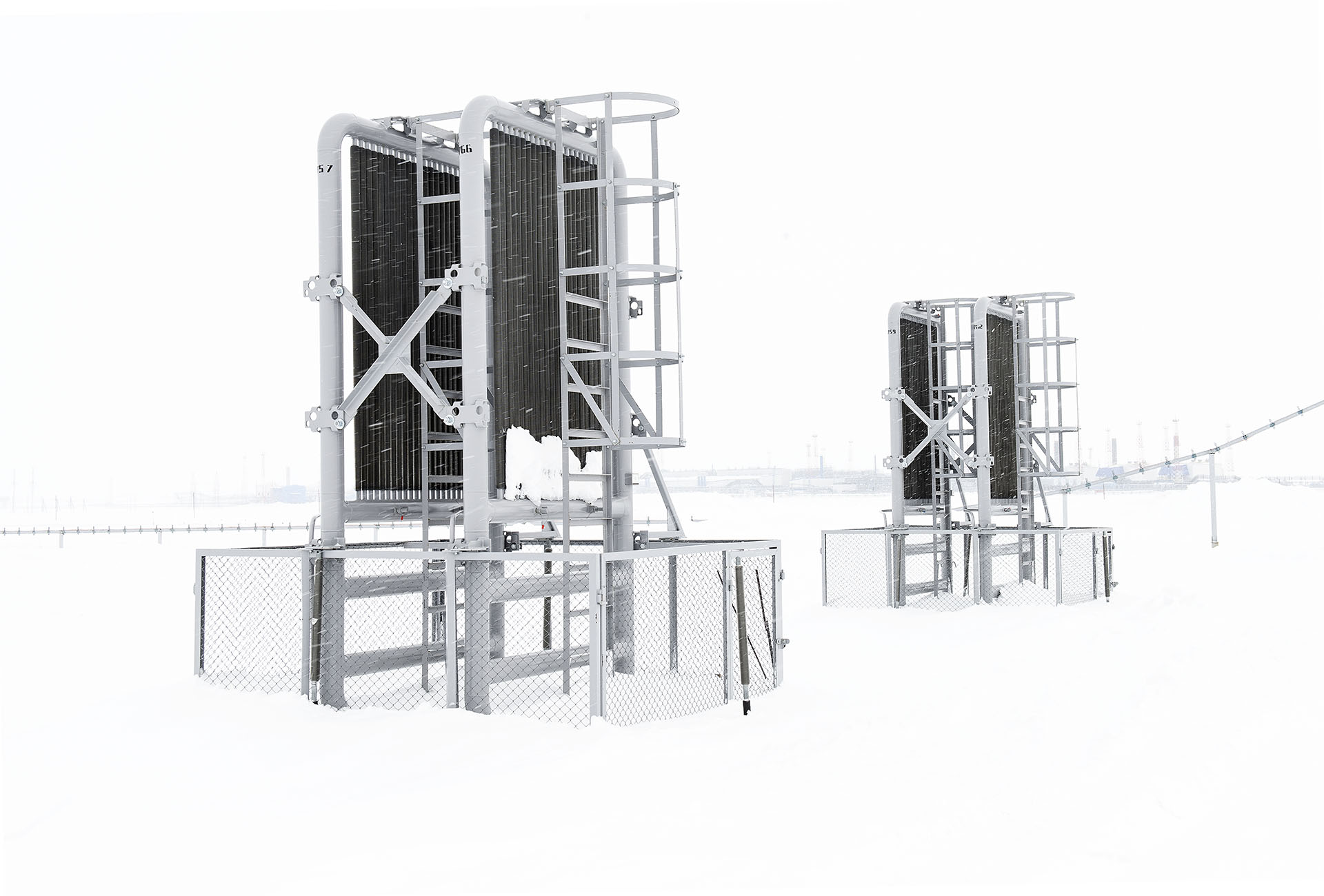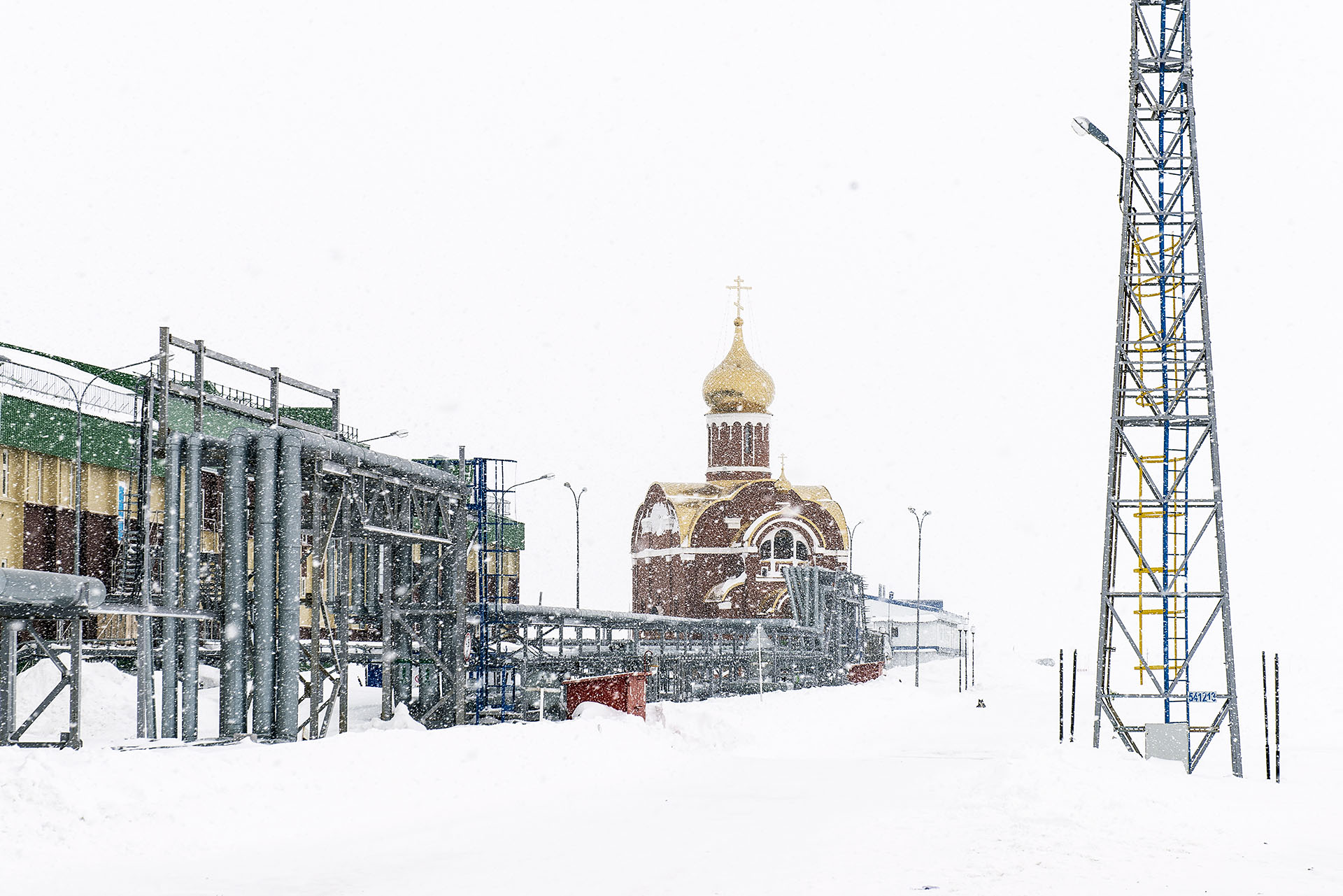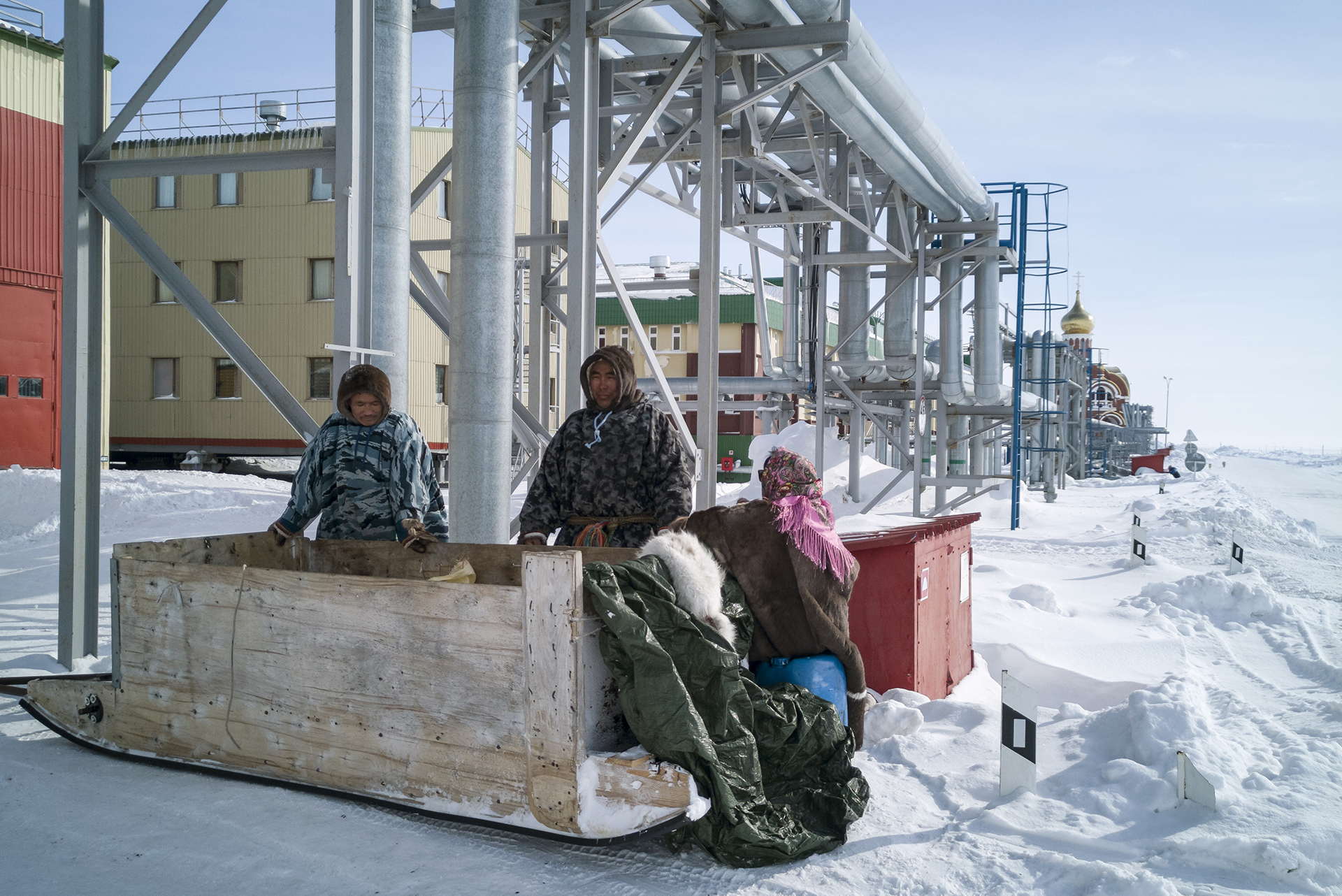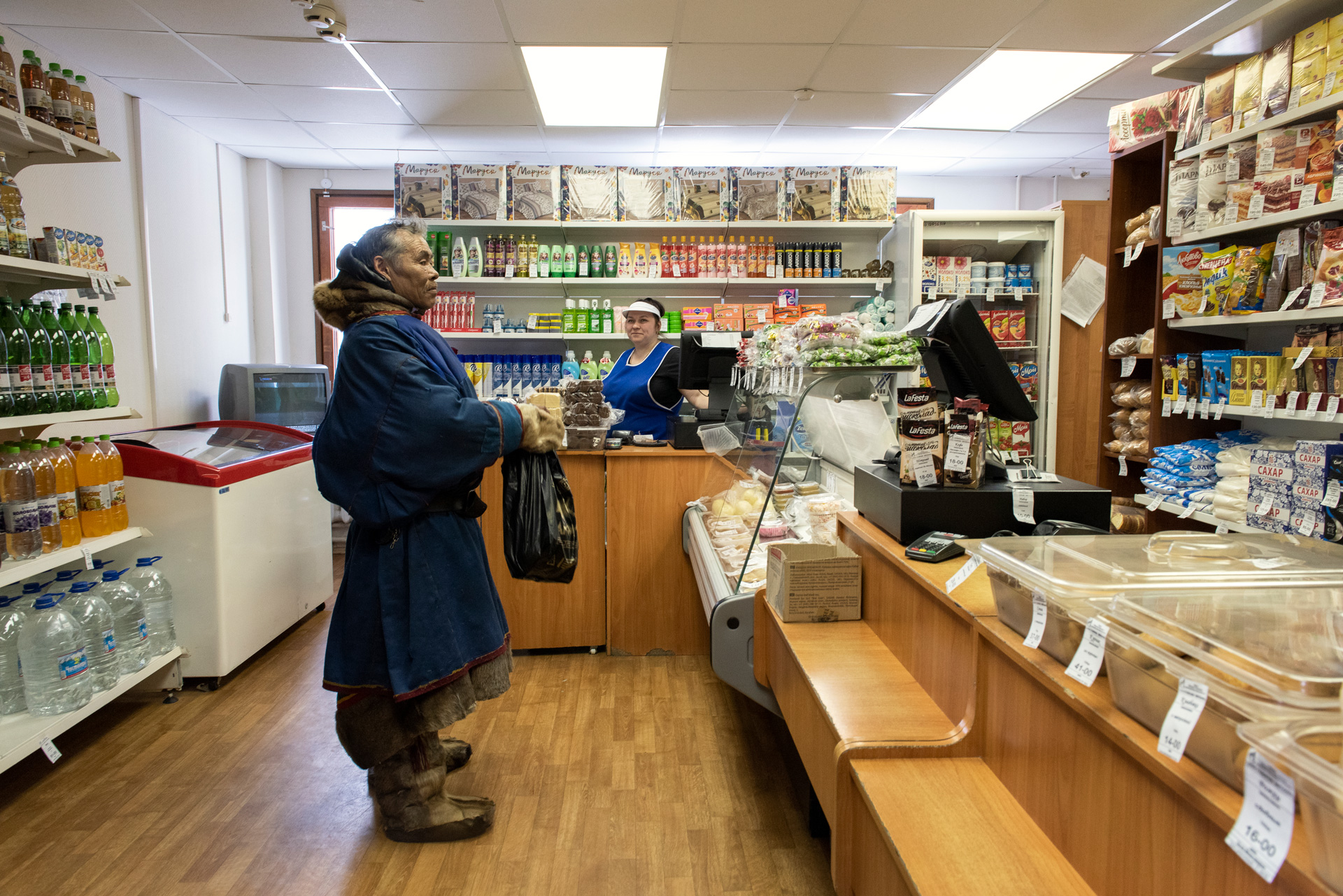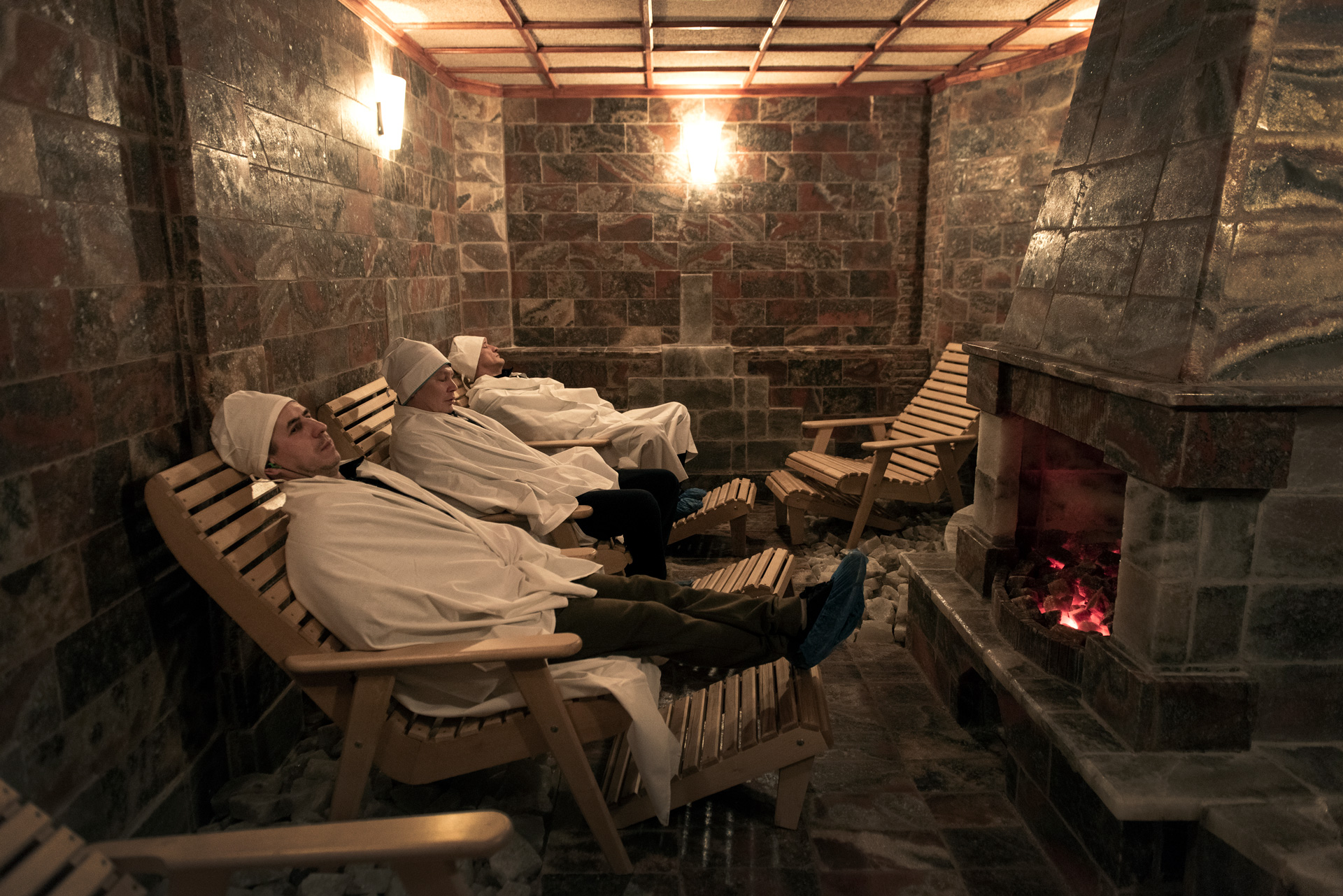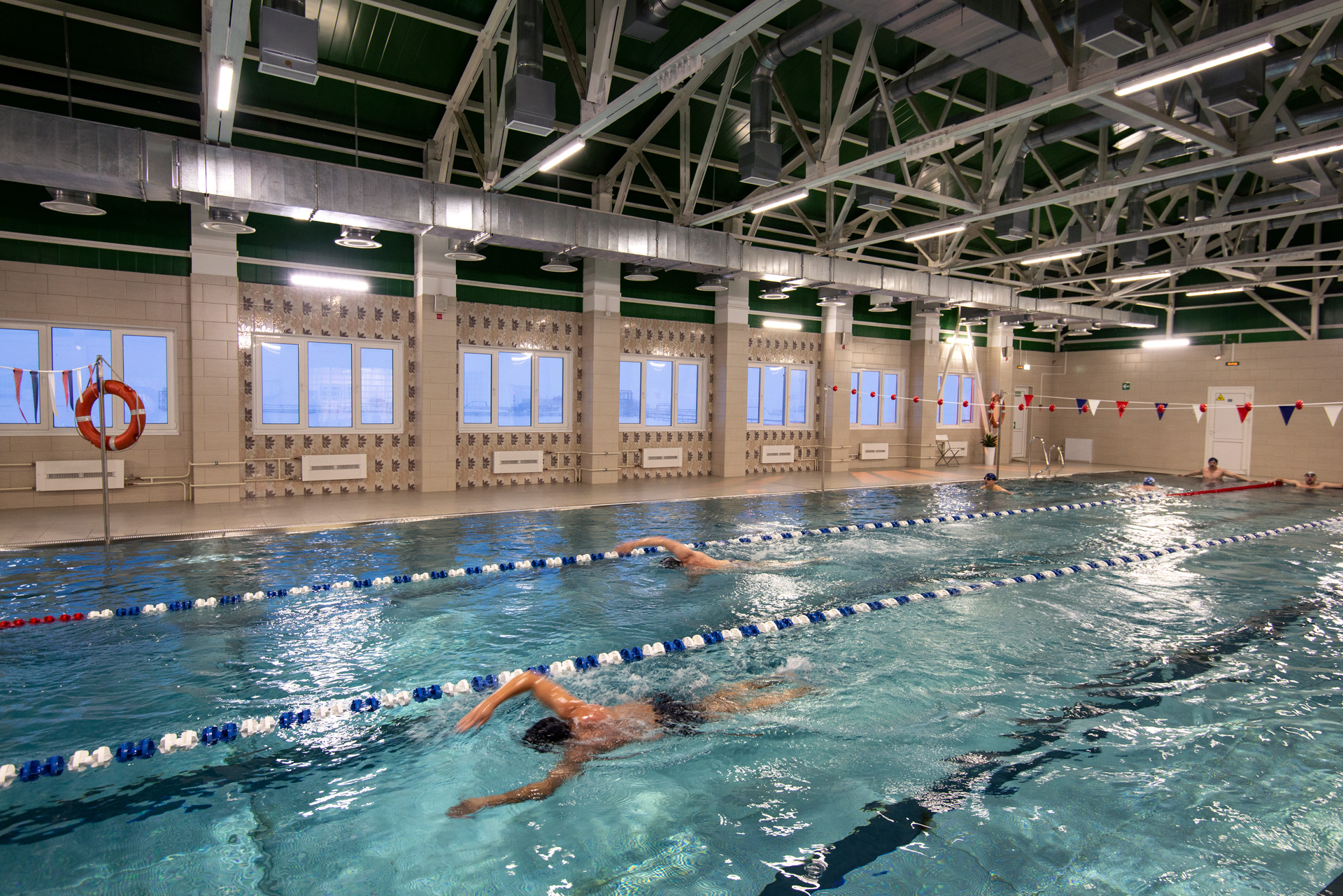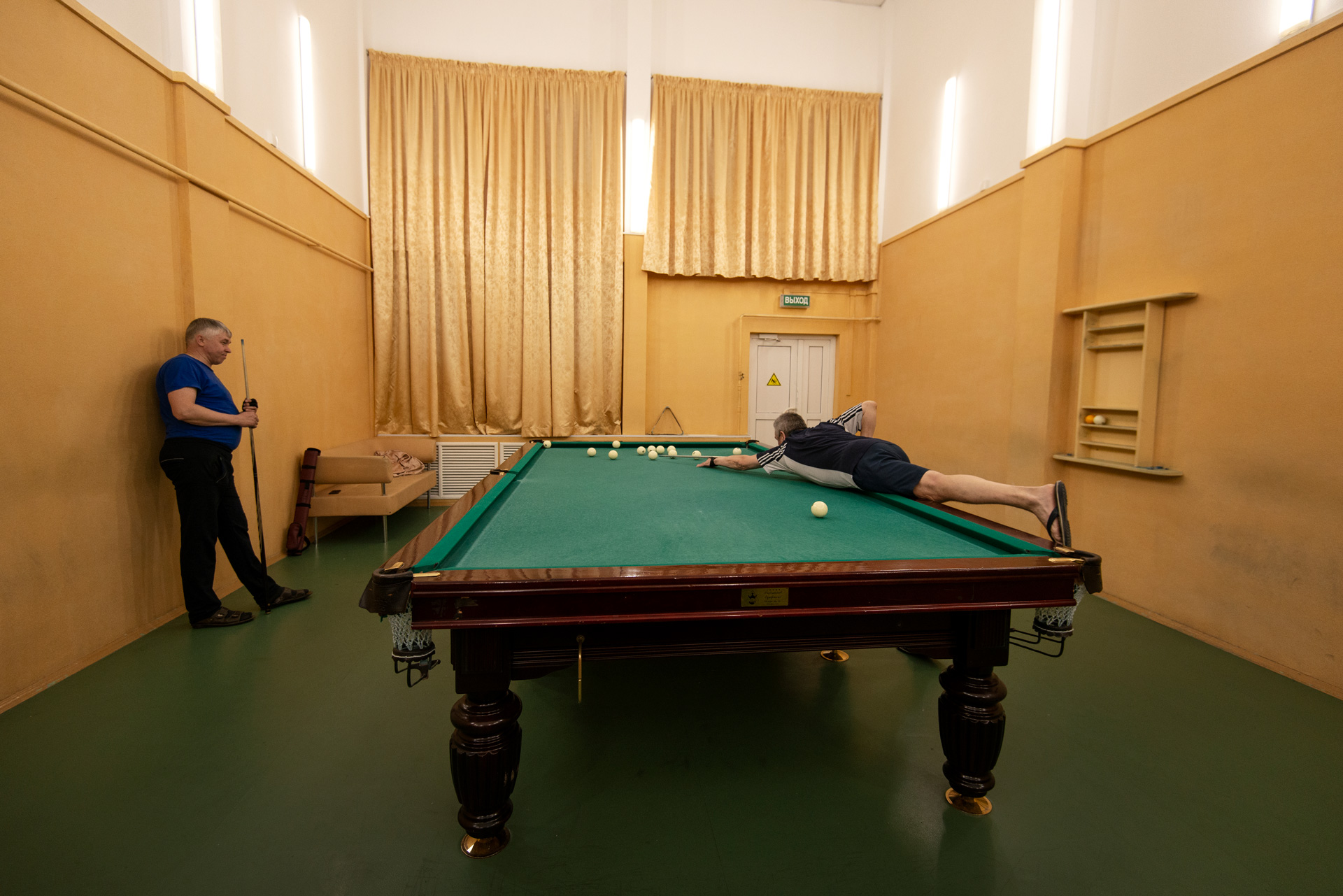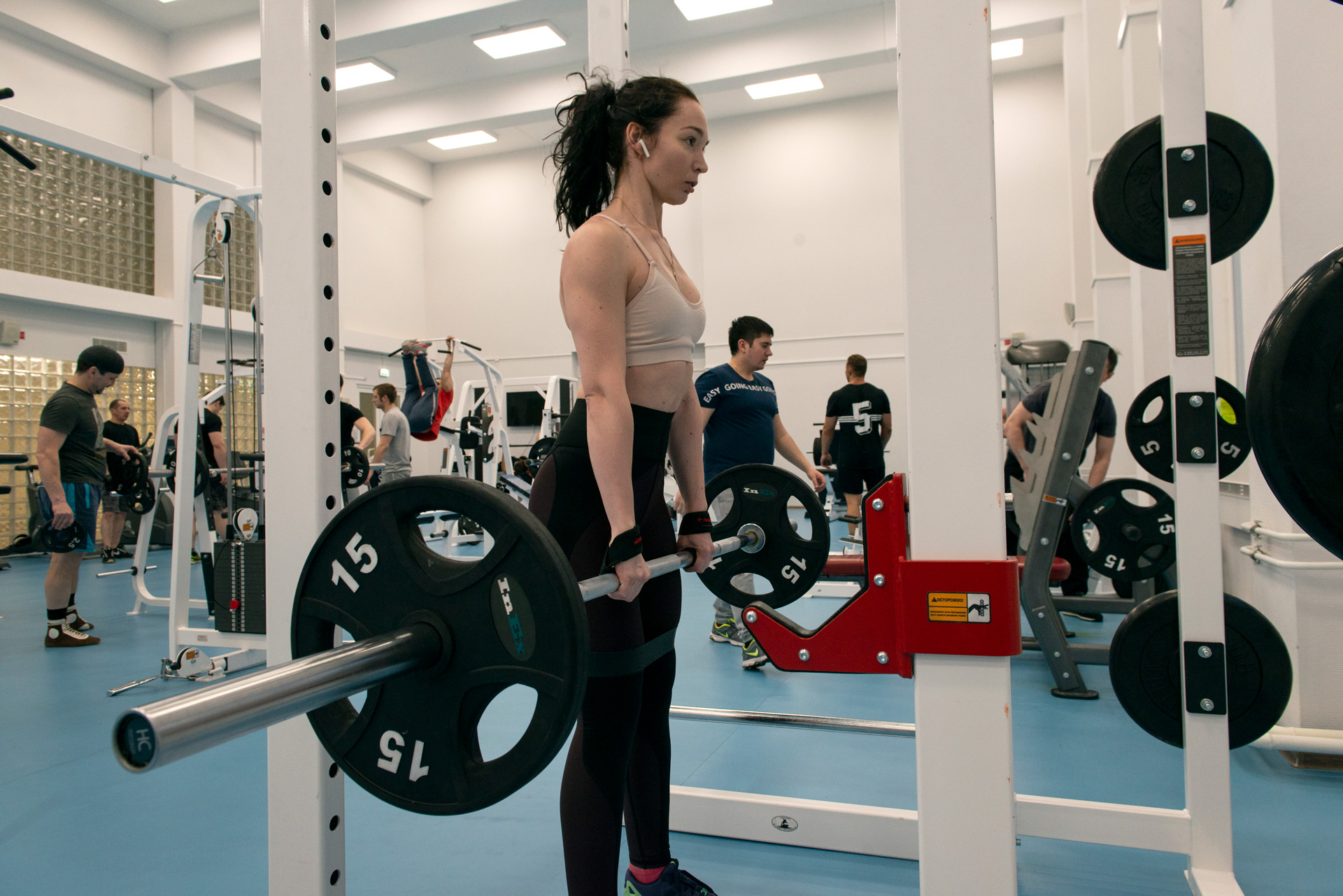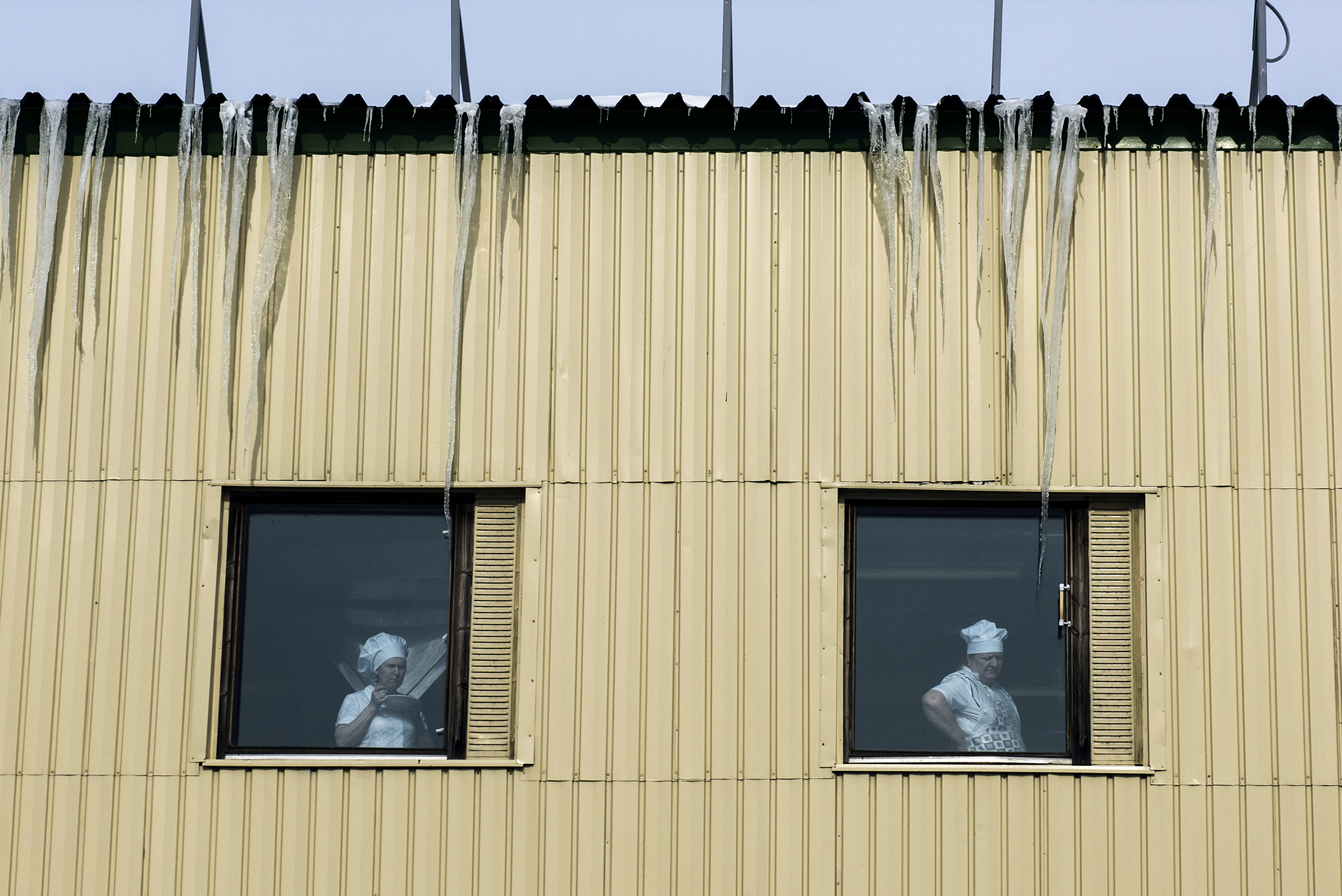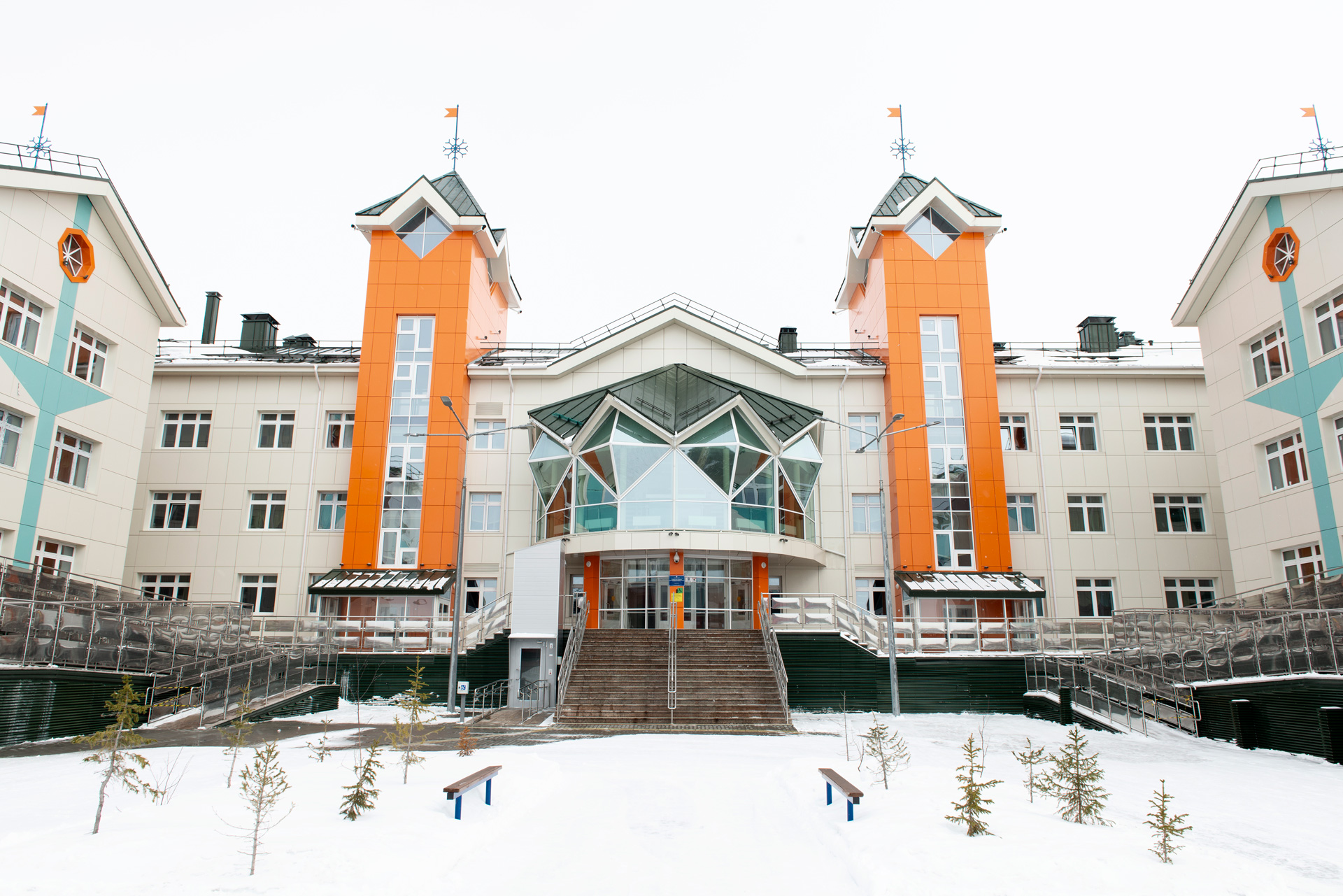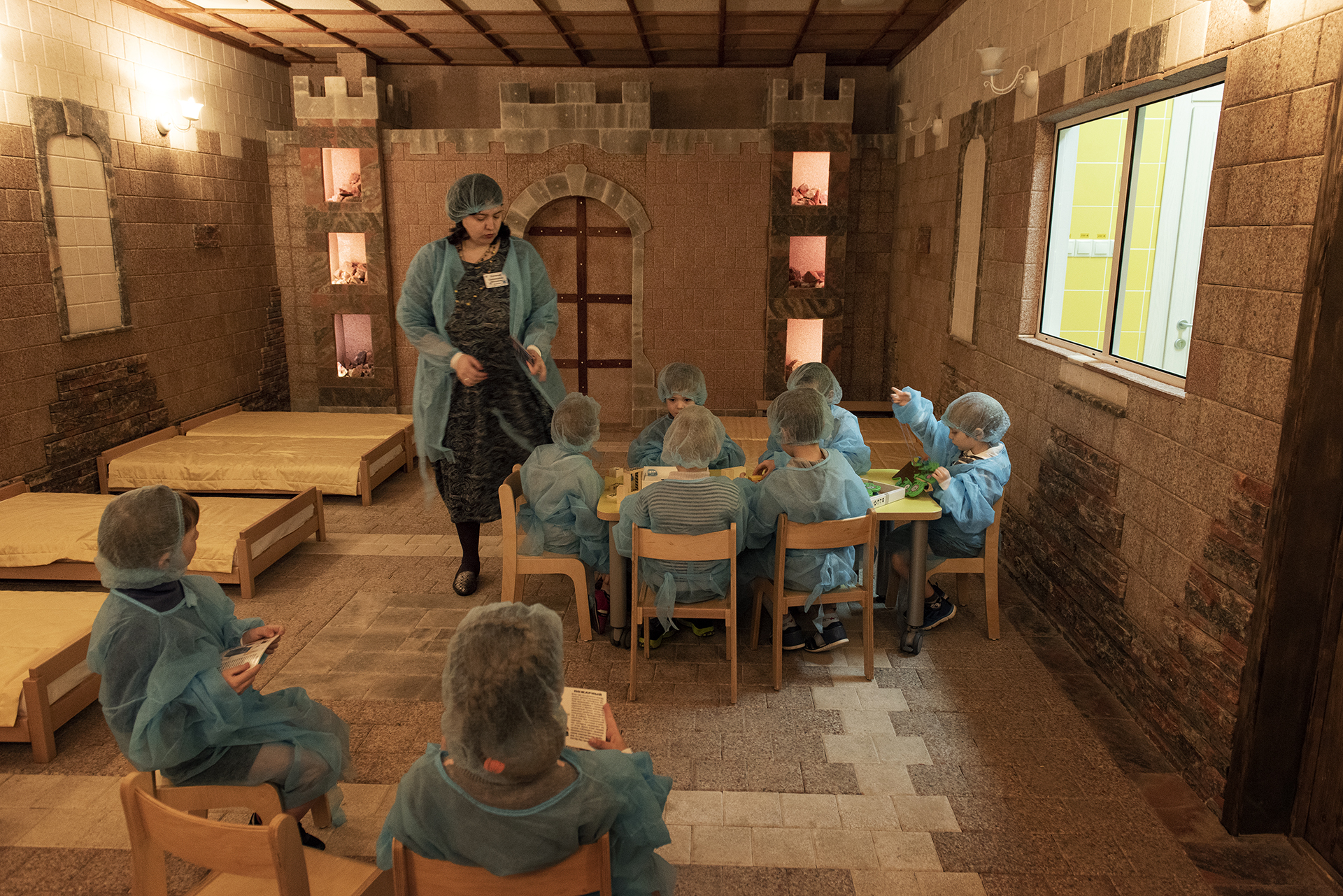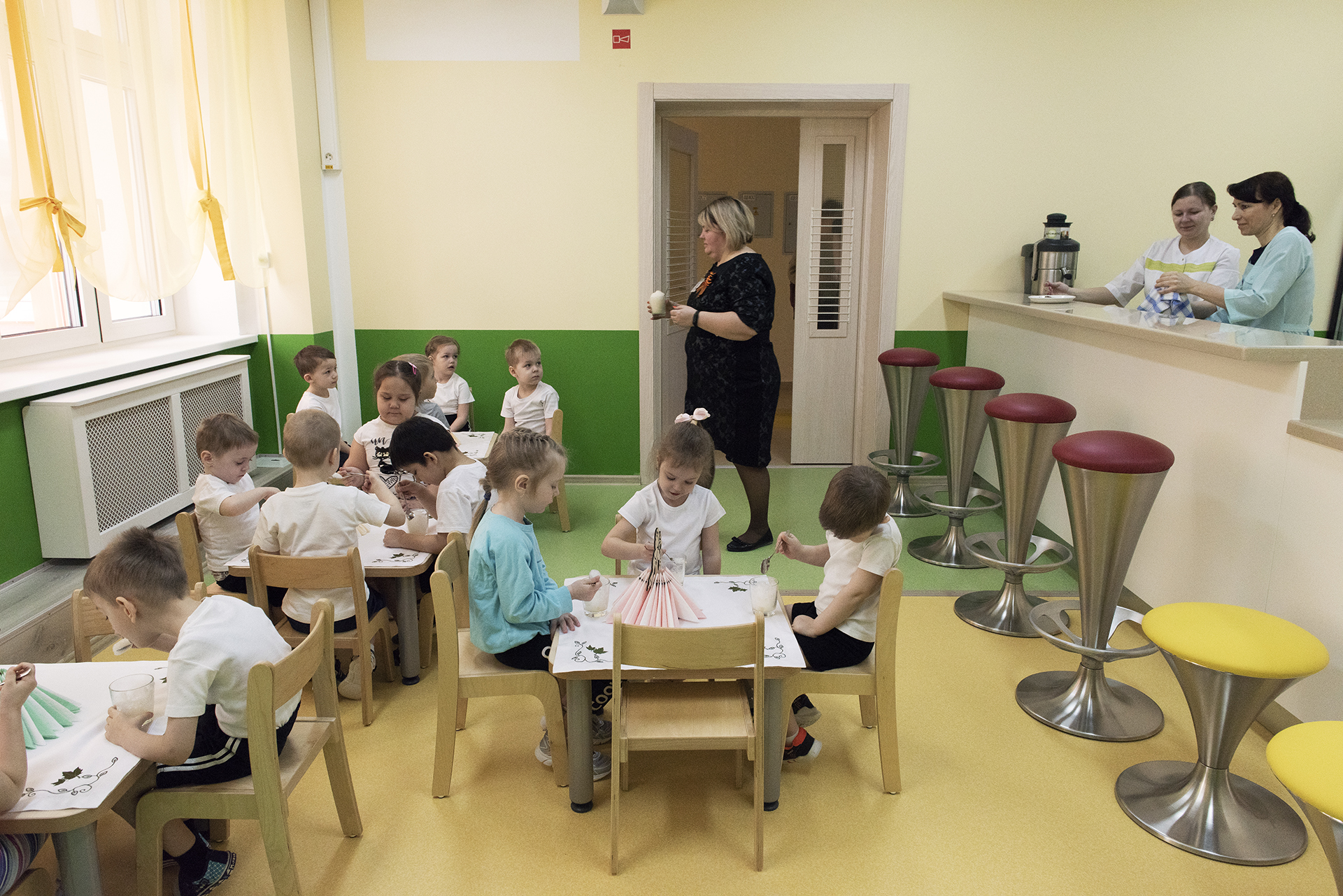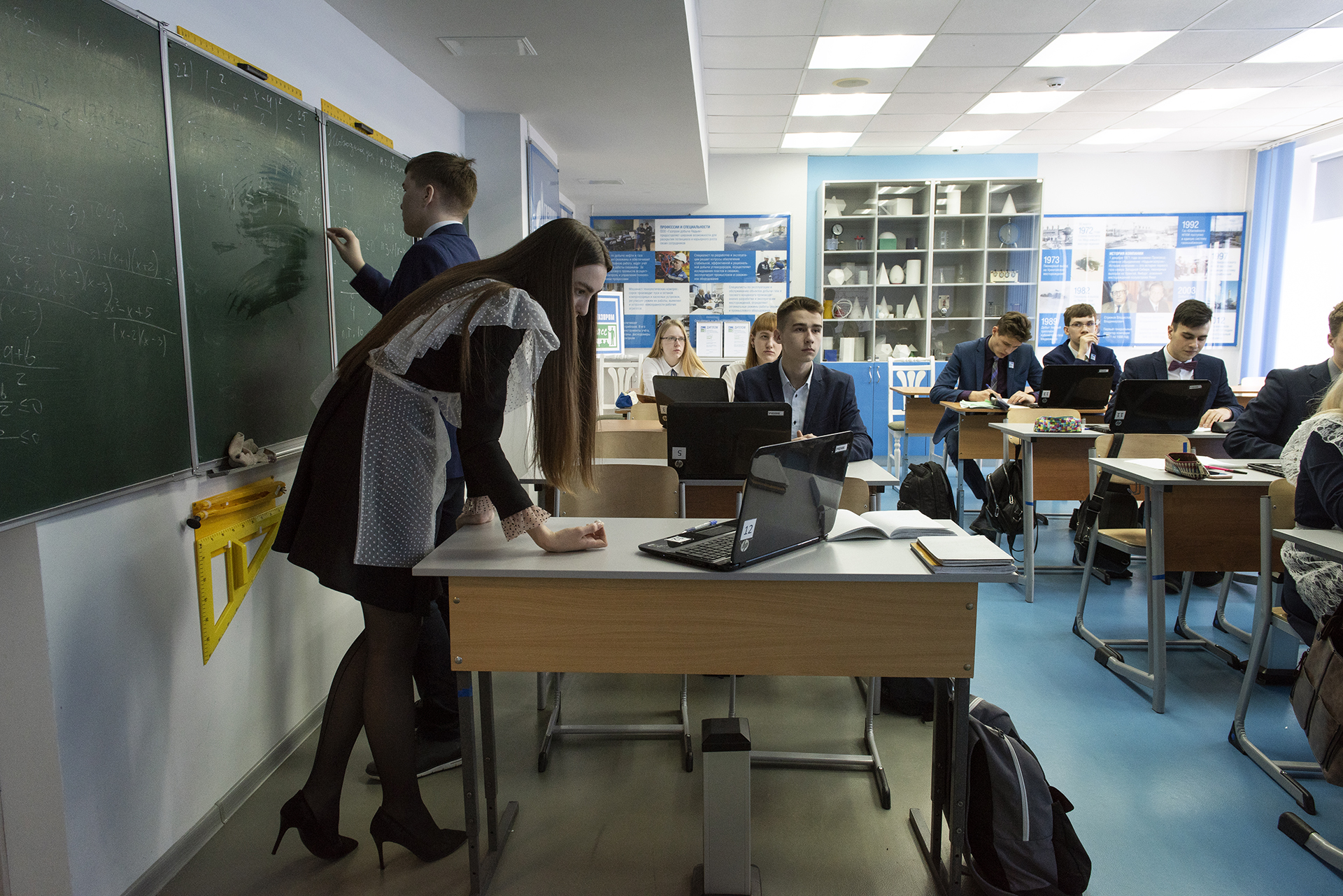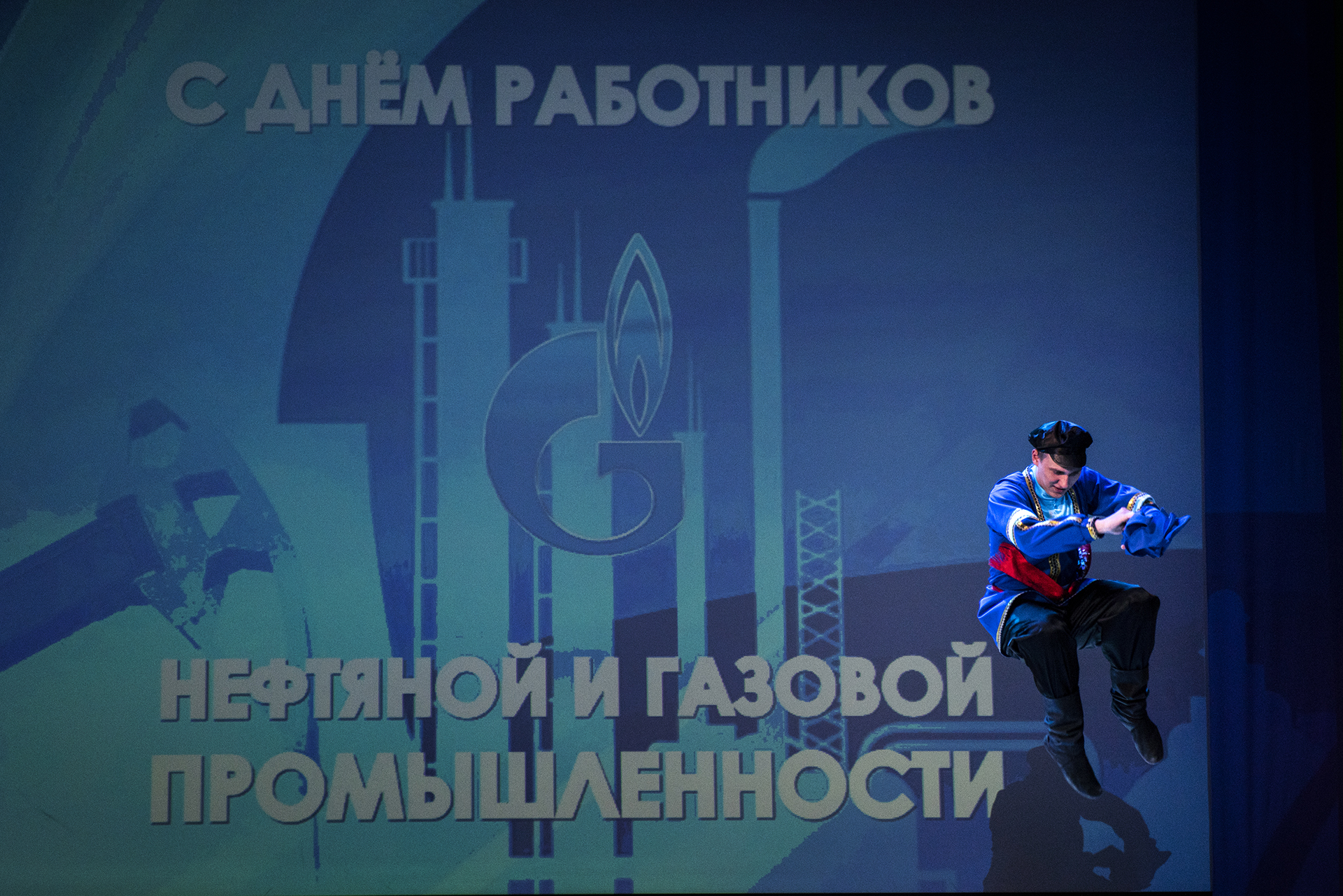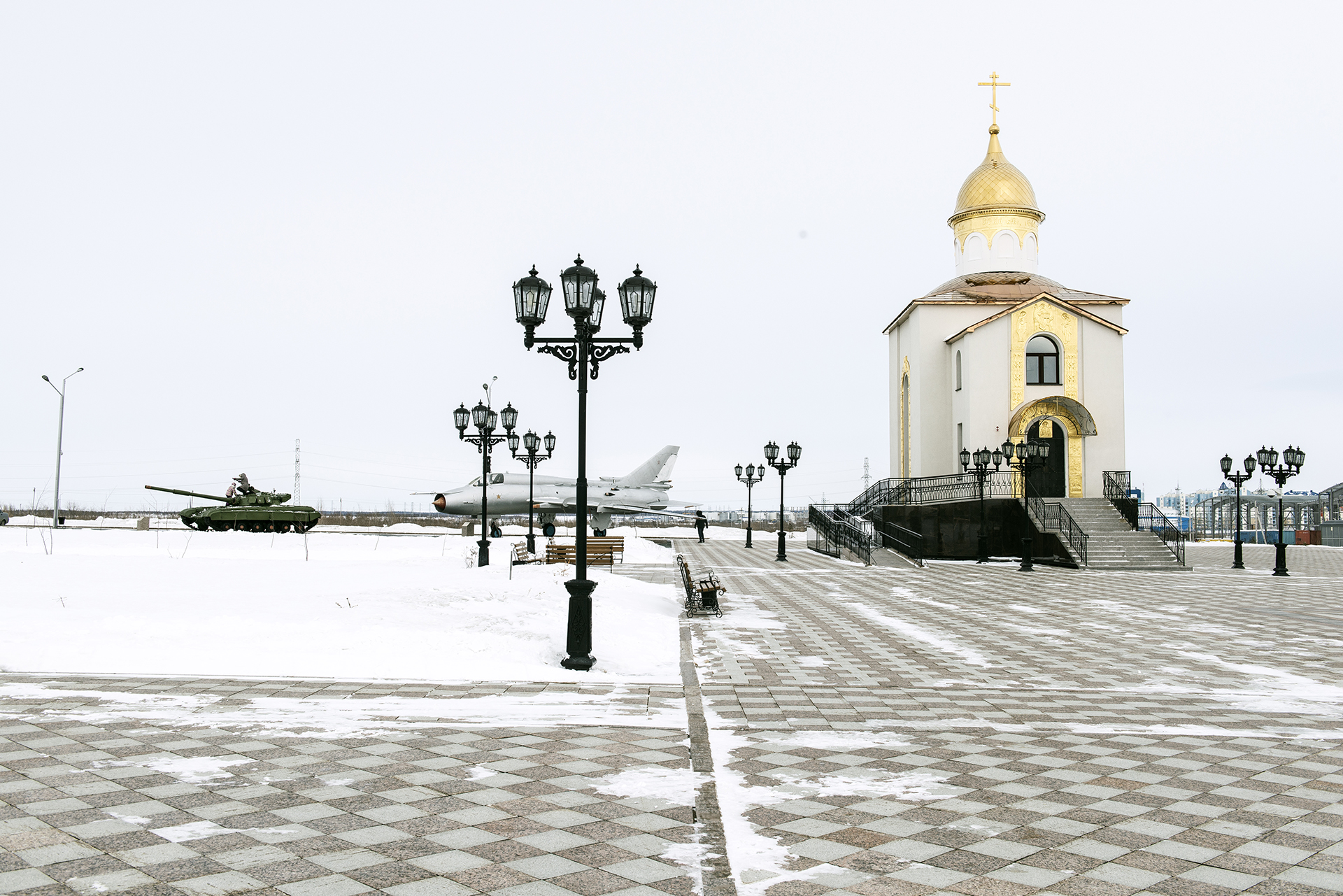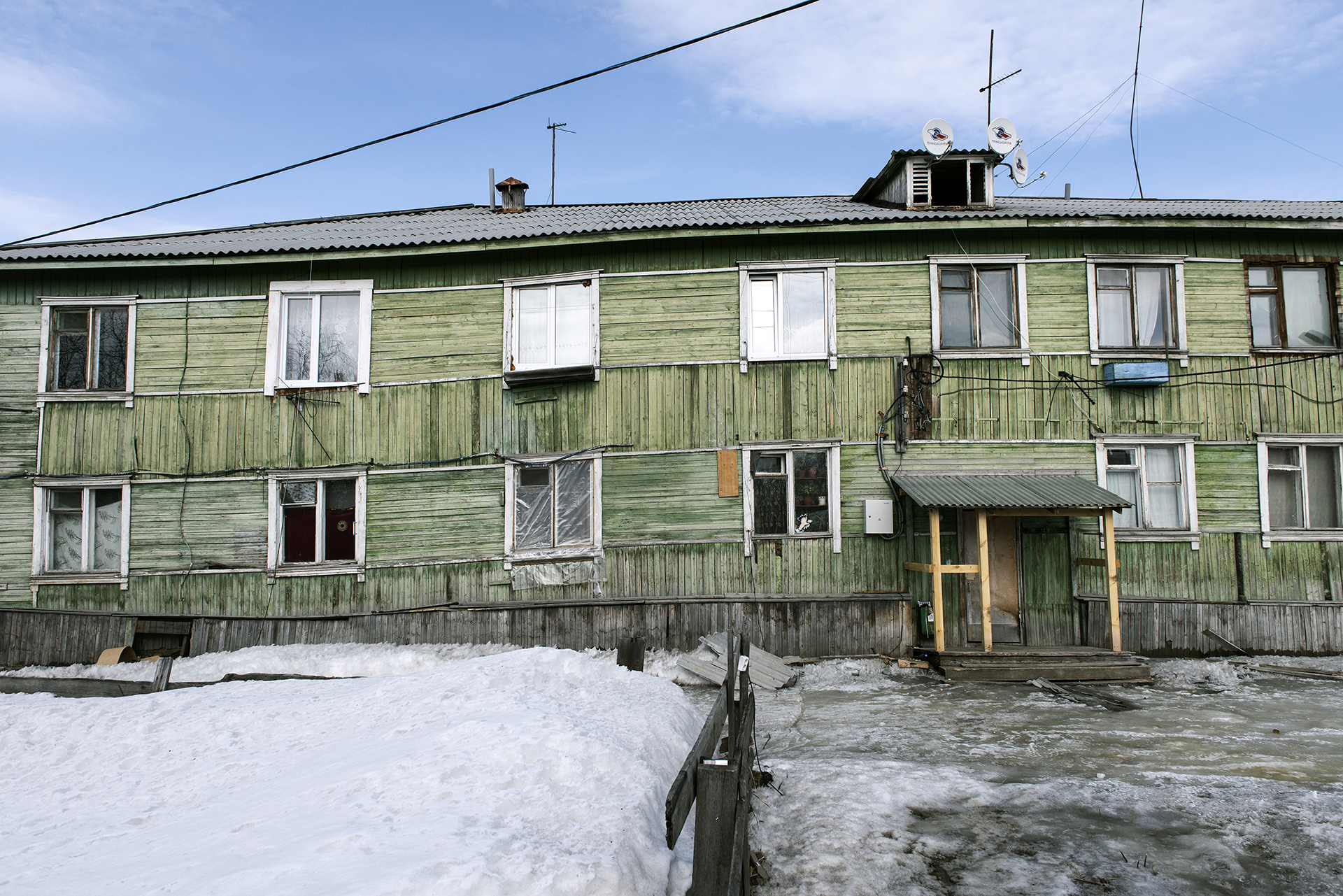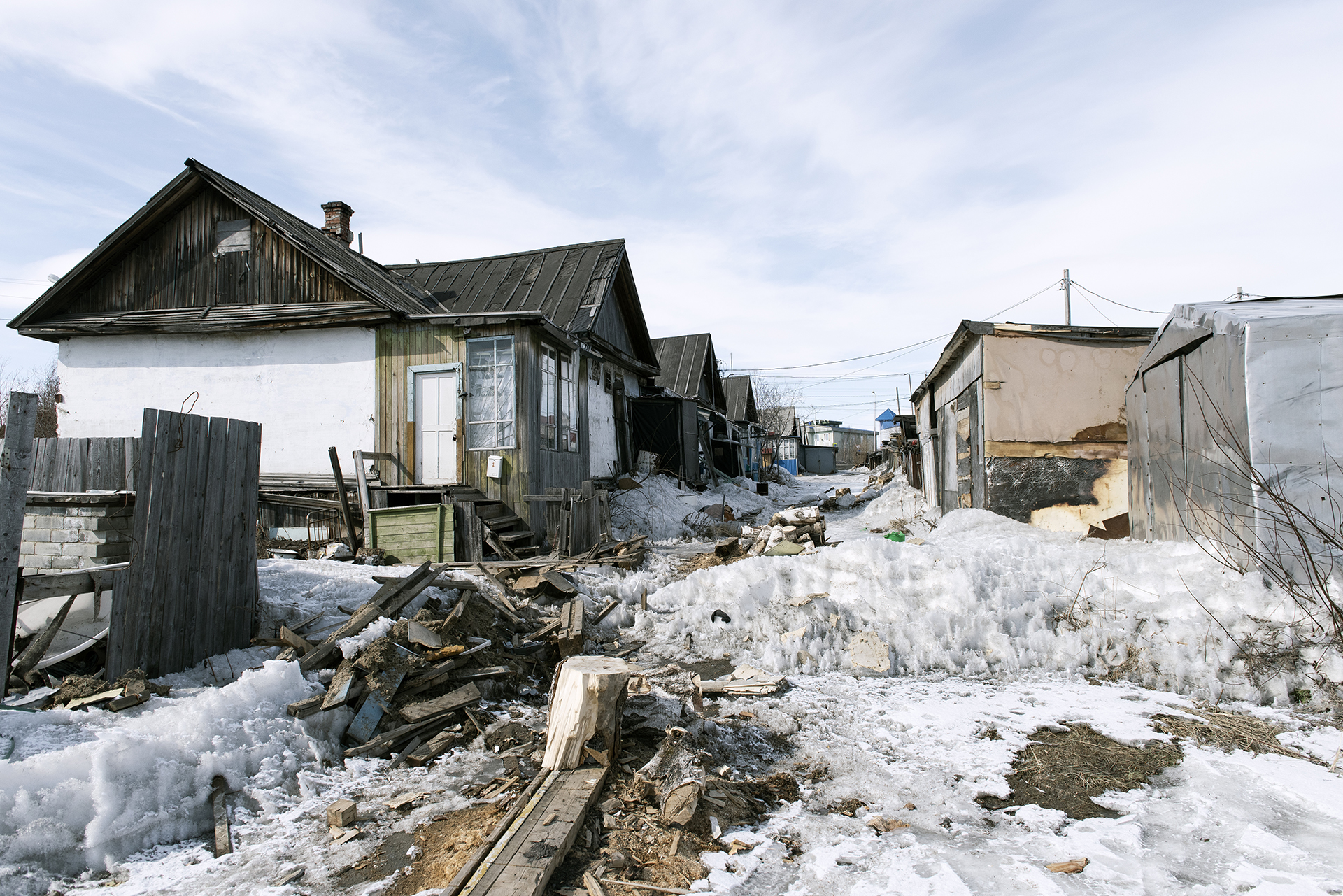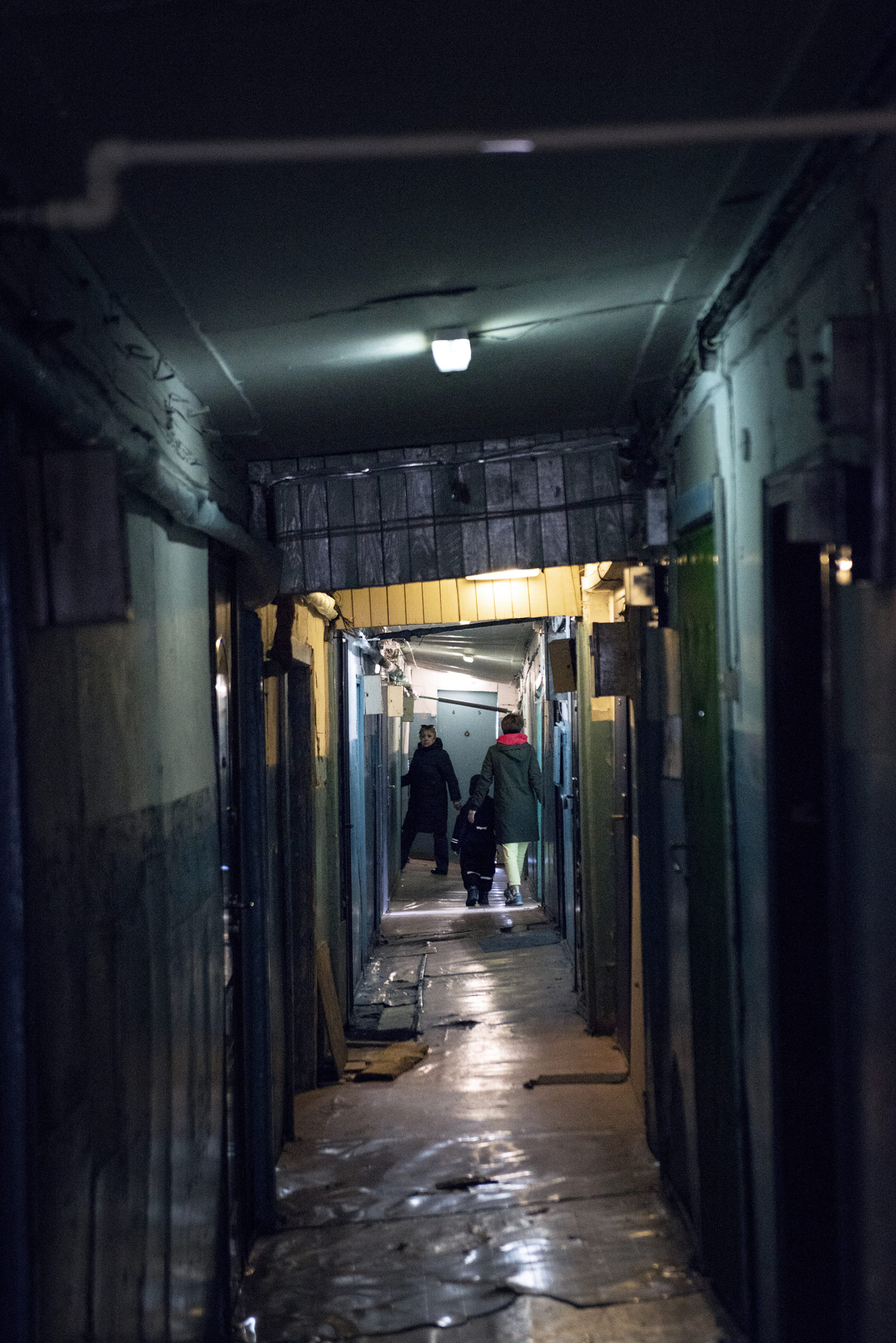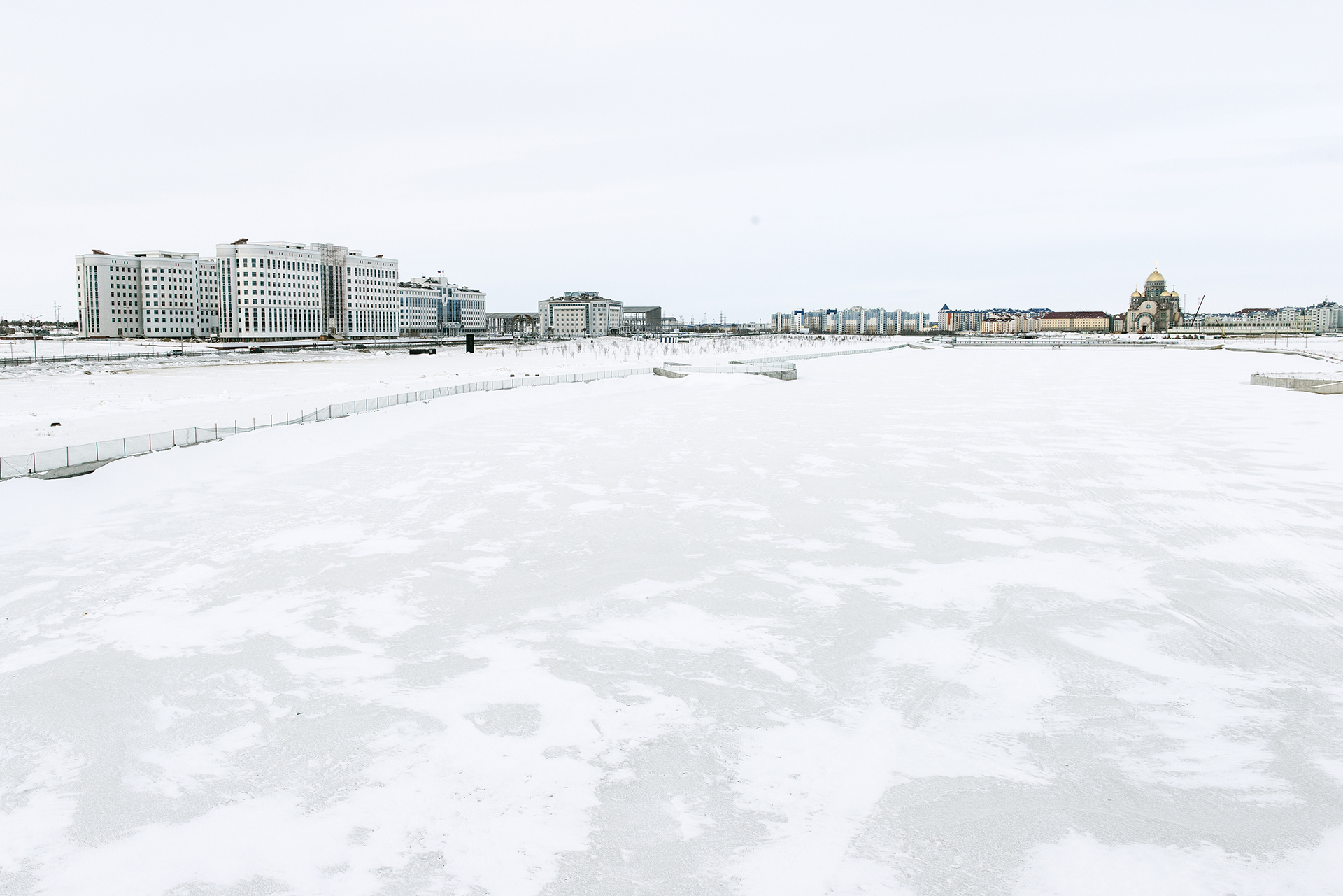Gasland
for Stern, Germany 2019
Russia’s Yamalo-Nenets Autonomous Okrug, a vast northern region twice the size of Japan but with a population of just over half a million, is the traditional grazing area of the Nenets, semi-nomadic reindeer herders who have been breeding their herds here for hundreds of years. Since the 1990s, the sparsely populated region has attracted the attention of Gazprom, the Russian oil and gas giant, which has started extracting what are believed to be reserves of around 26.5 trillion cubic metres of natural gas and 300 million tonnes of oil.
With temperatures dipping to minus 50 C in winter and little infrastructure, the region has become one of the new frontiers in Russia’s relentless exploitation of its most valuable resource. Climate change has made drilling in previously permafrost-bound tundra more feasible and easier navigation through the Arctic sea has brought down transportation costs. Melting permafrost and rising temperatures, however, have complicated some infrastructure projects as the softening ground is causing foundations to sag and older structures to start sinking into the ground.
The fossil fuel bonanza is now bringing some 60,000 workers on rotation to Yamal from other parts of Russia which is a boon for small towns and villages that service the oil and gas companies and their employees. Needing a reliable railway link toward the South, Gazprom financed and completed a 525 kilometre railway line between Obskaya and the Bovanenkovo gas field which transports people, building materials and equipment all year round in some of the harshest conditions anywhere. This route is the world’s northernmost railway line and now connects Moscow to the gas filed over a distance of 2,906 kilometres.
This level of investment in Bovanenkevo is more than justified by the field’s productivity. It pumps some 115 billion cubic metres of gas a year from estimated reserves of 4.9 trillion cubic metres. By comparison, the whole of Western and Central Europe consumes around 170 billion cubic metres a year. The facility can accommodate around 3,000 staff on a rambling site equipped with pools, gyms, indoor volleyball and football courts, libraries and a church. They work on a rotating 2 month shift pattern and can be flown in to Bovanenkovo’s own airport directly from other parts of the country.



